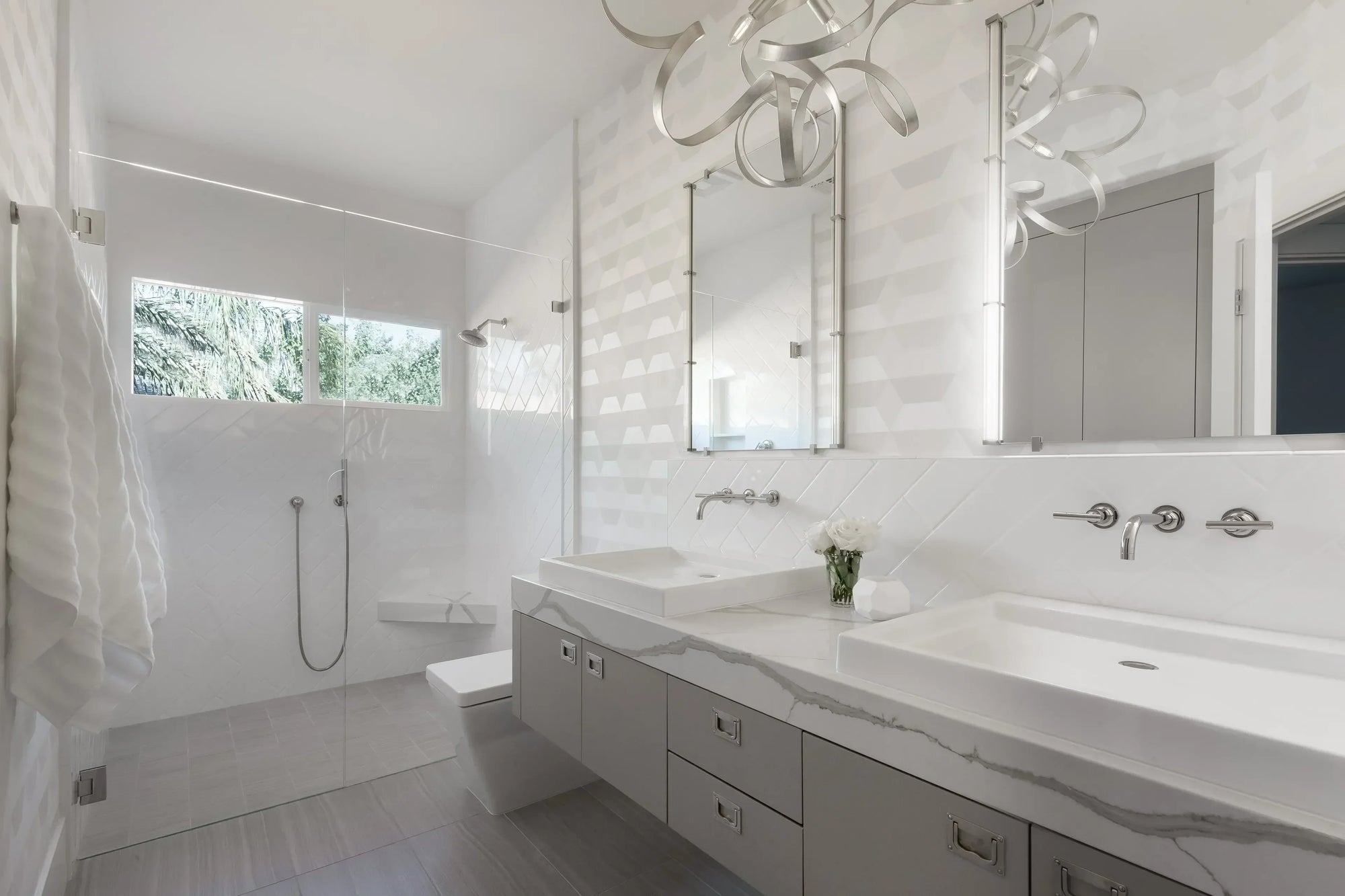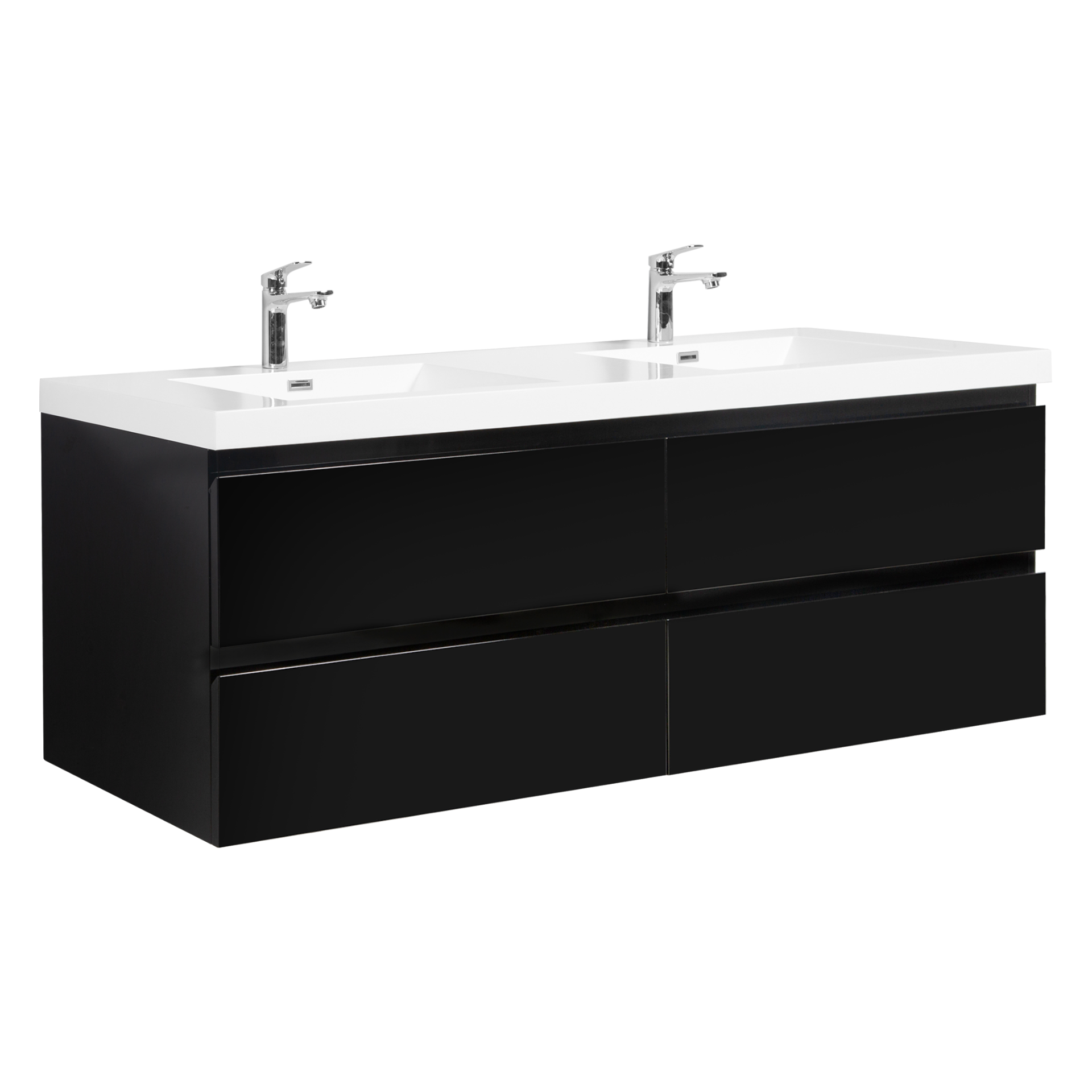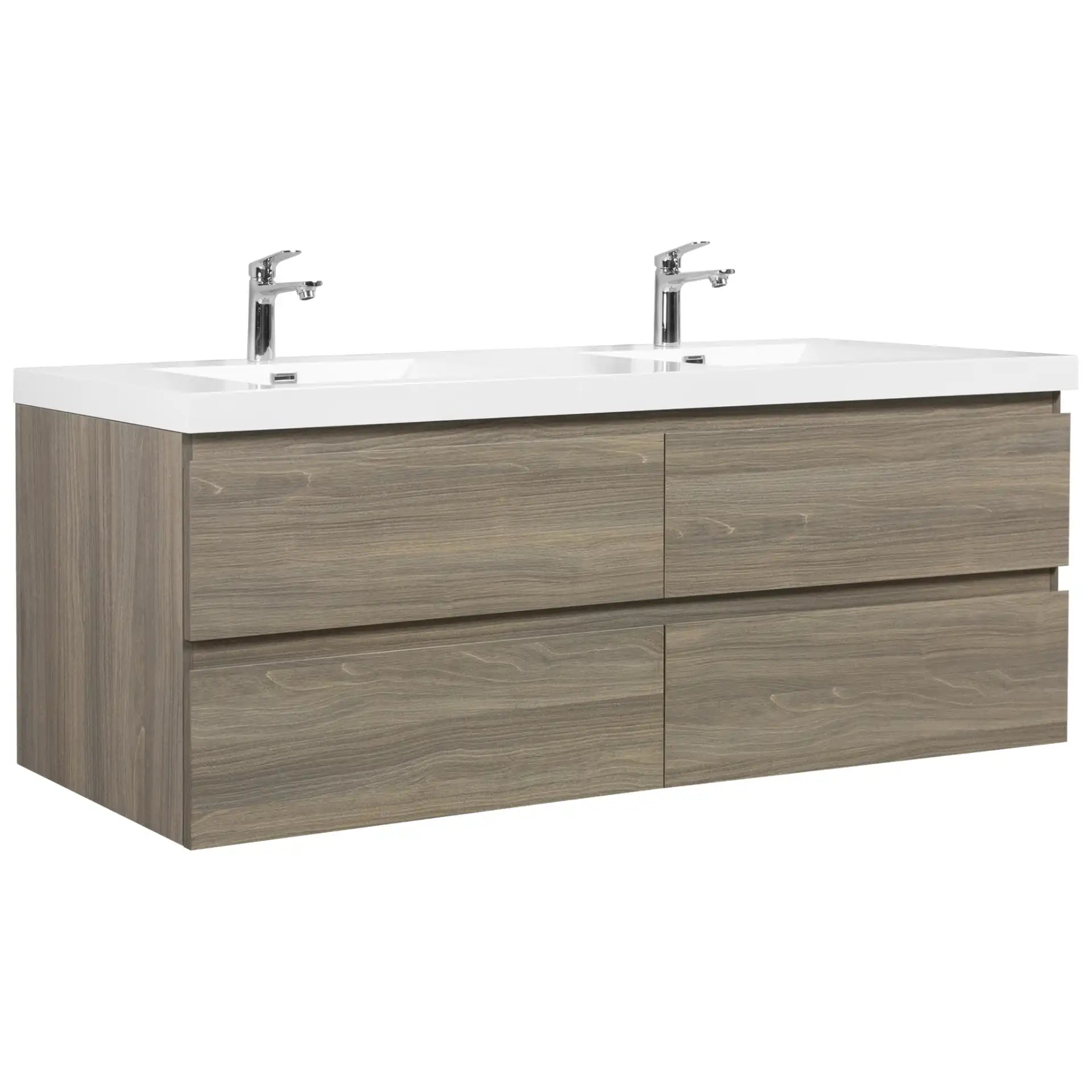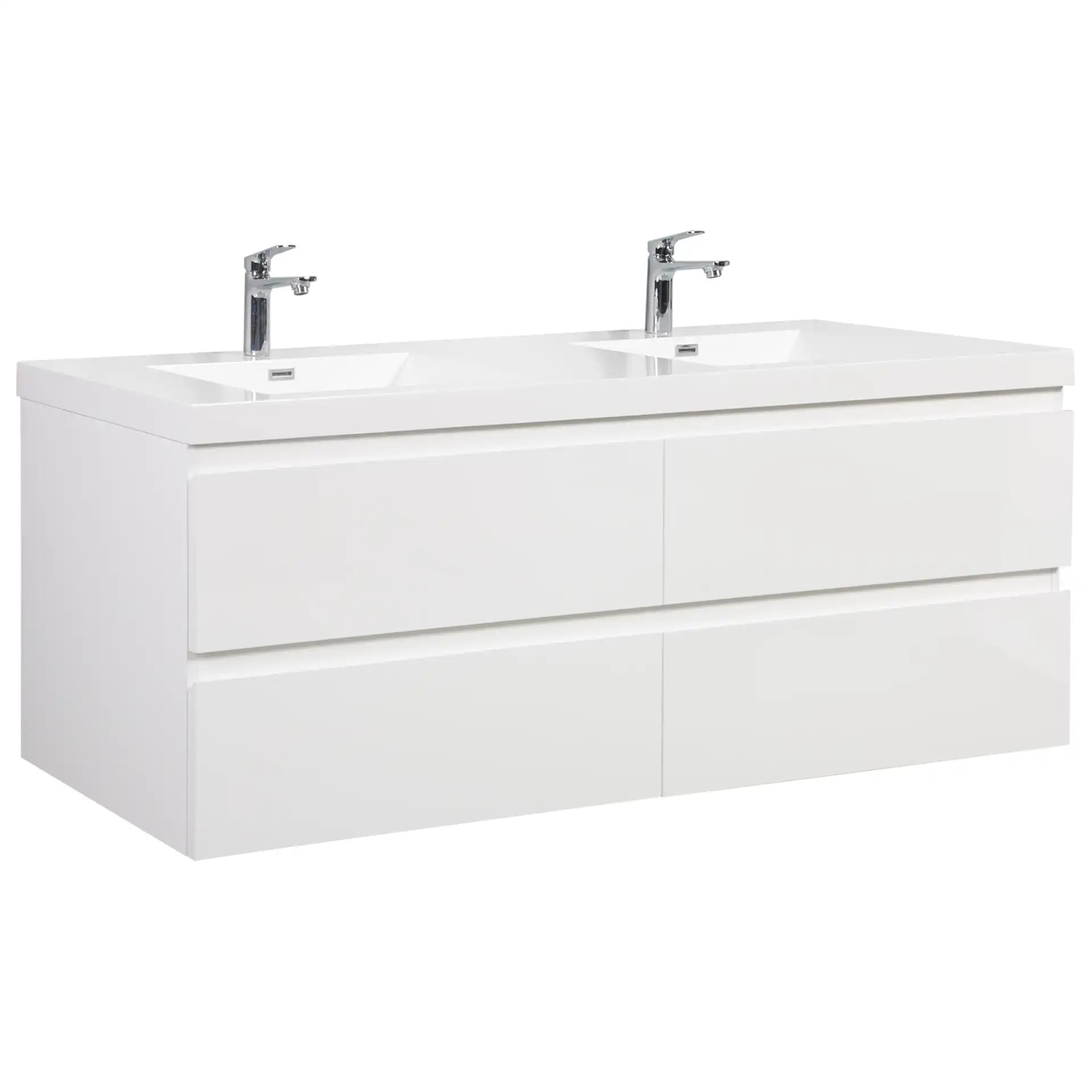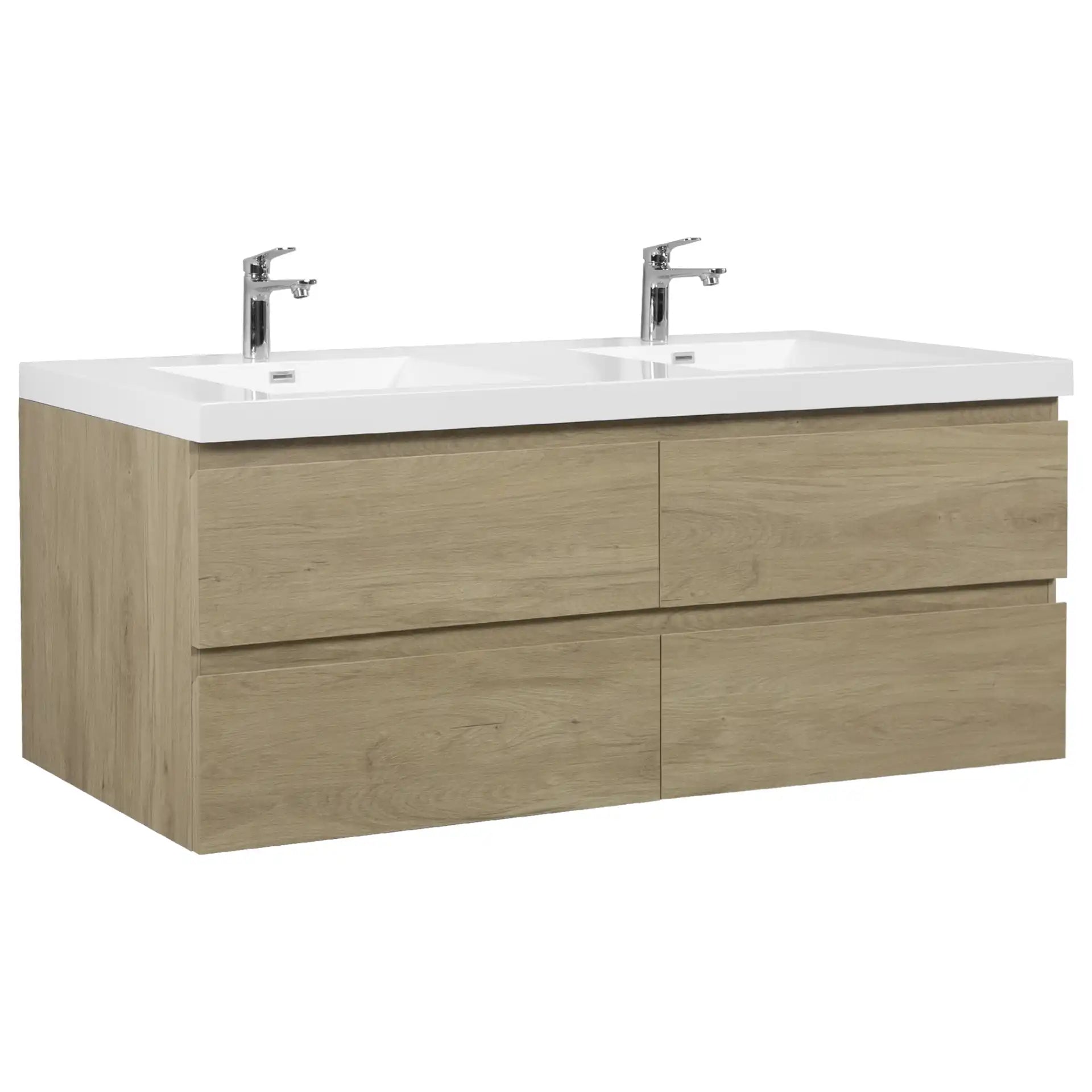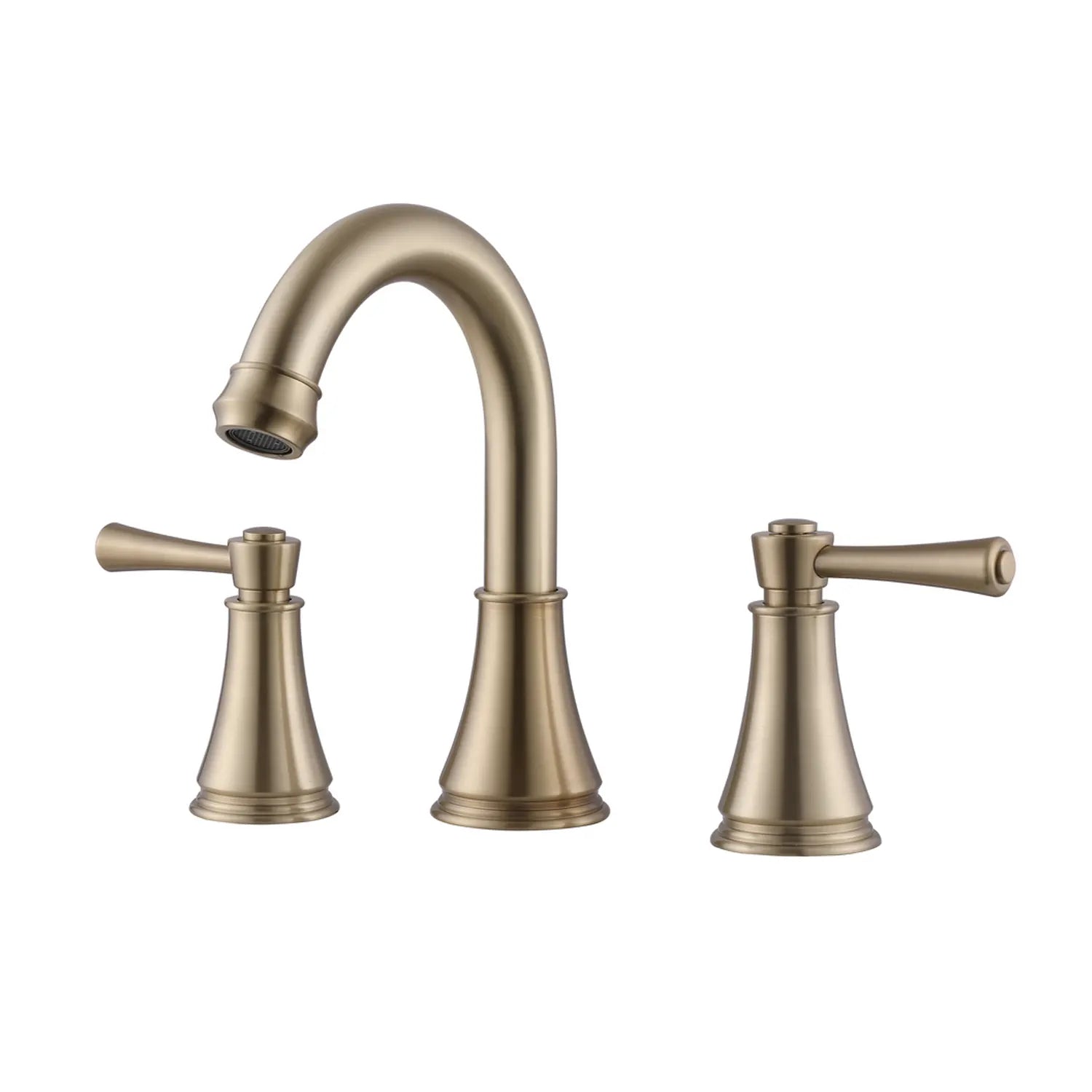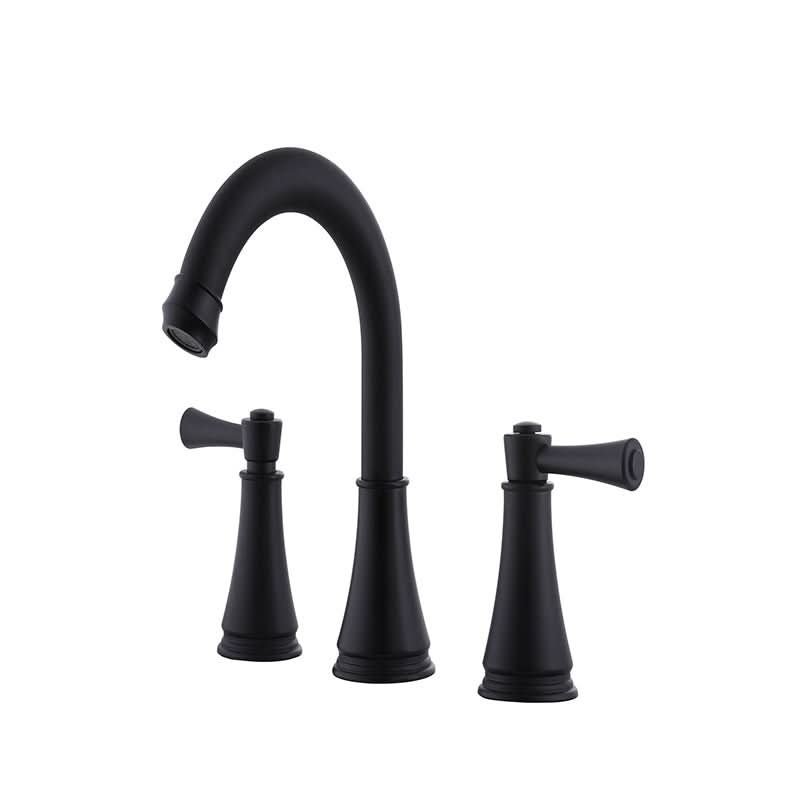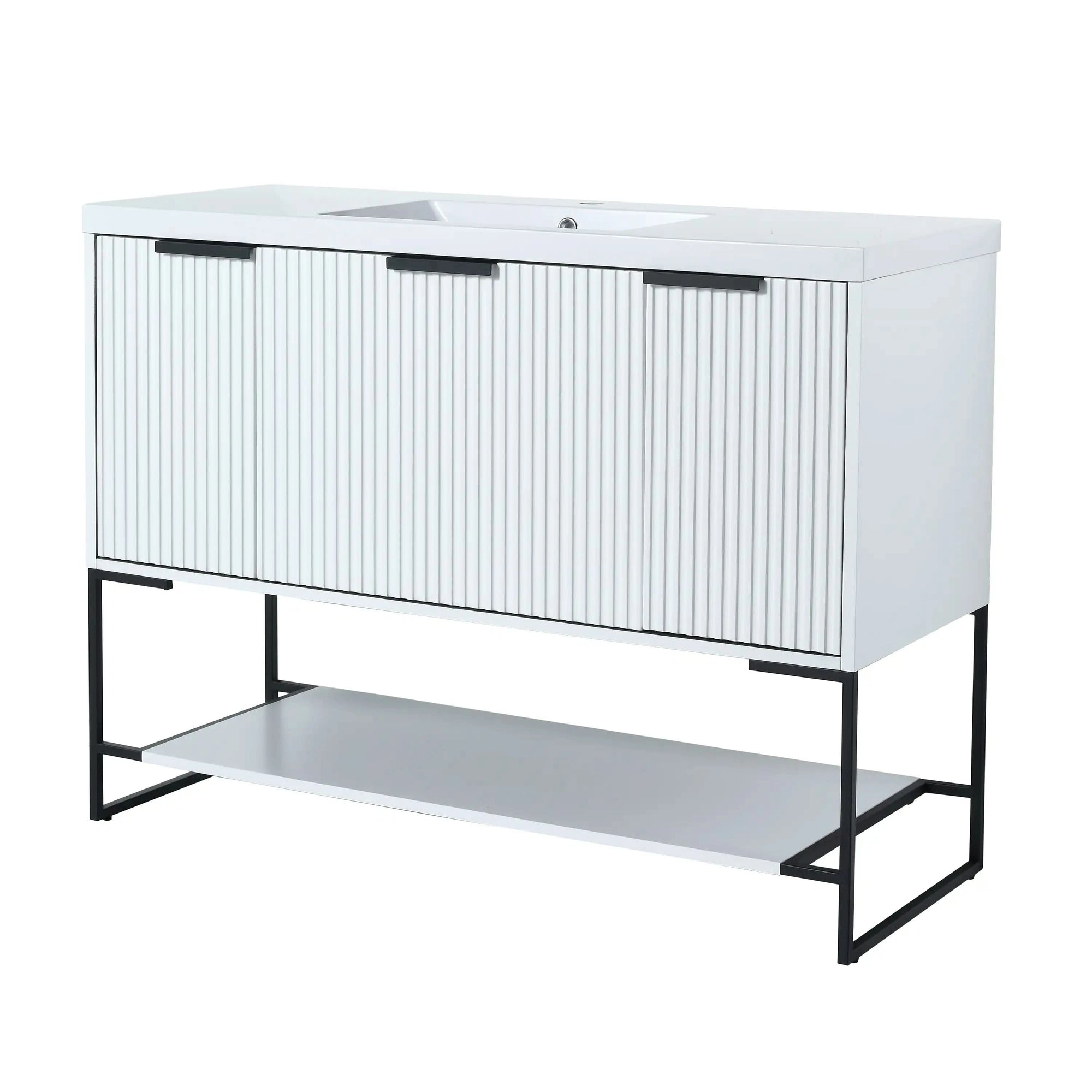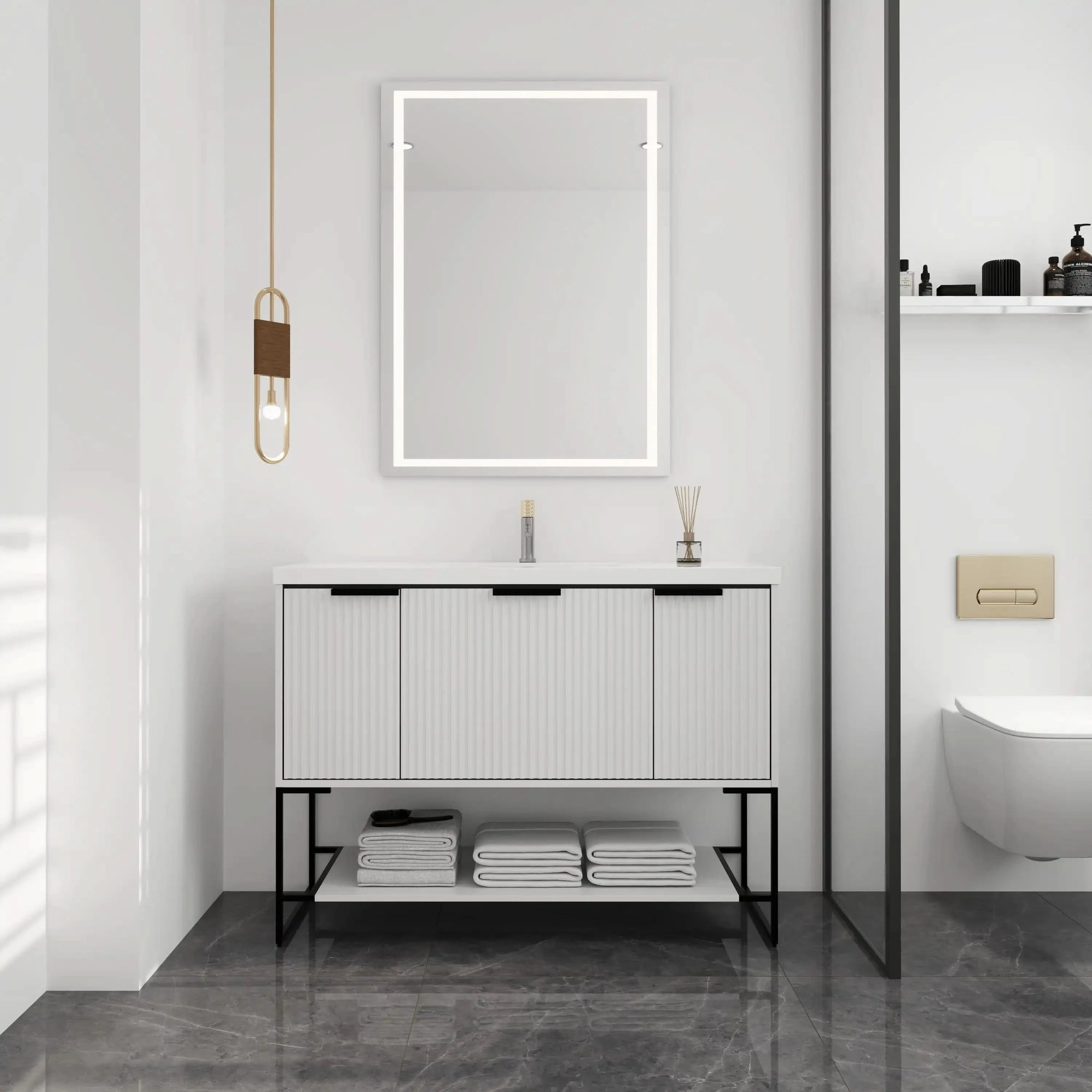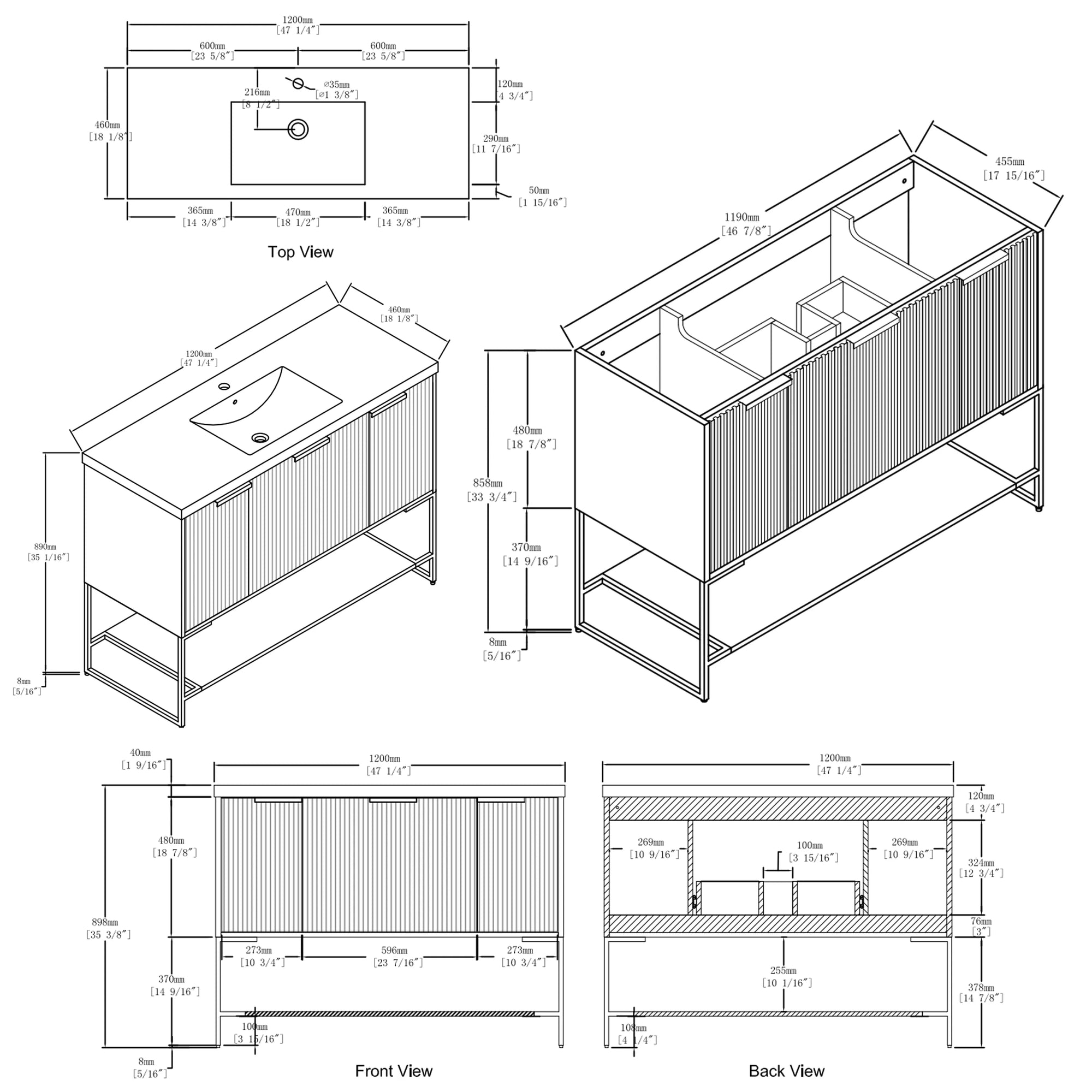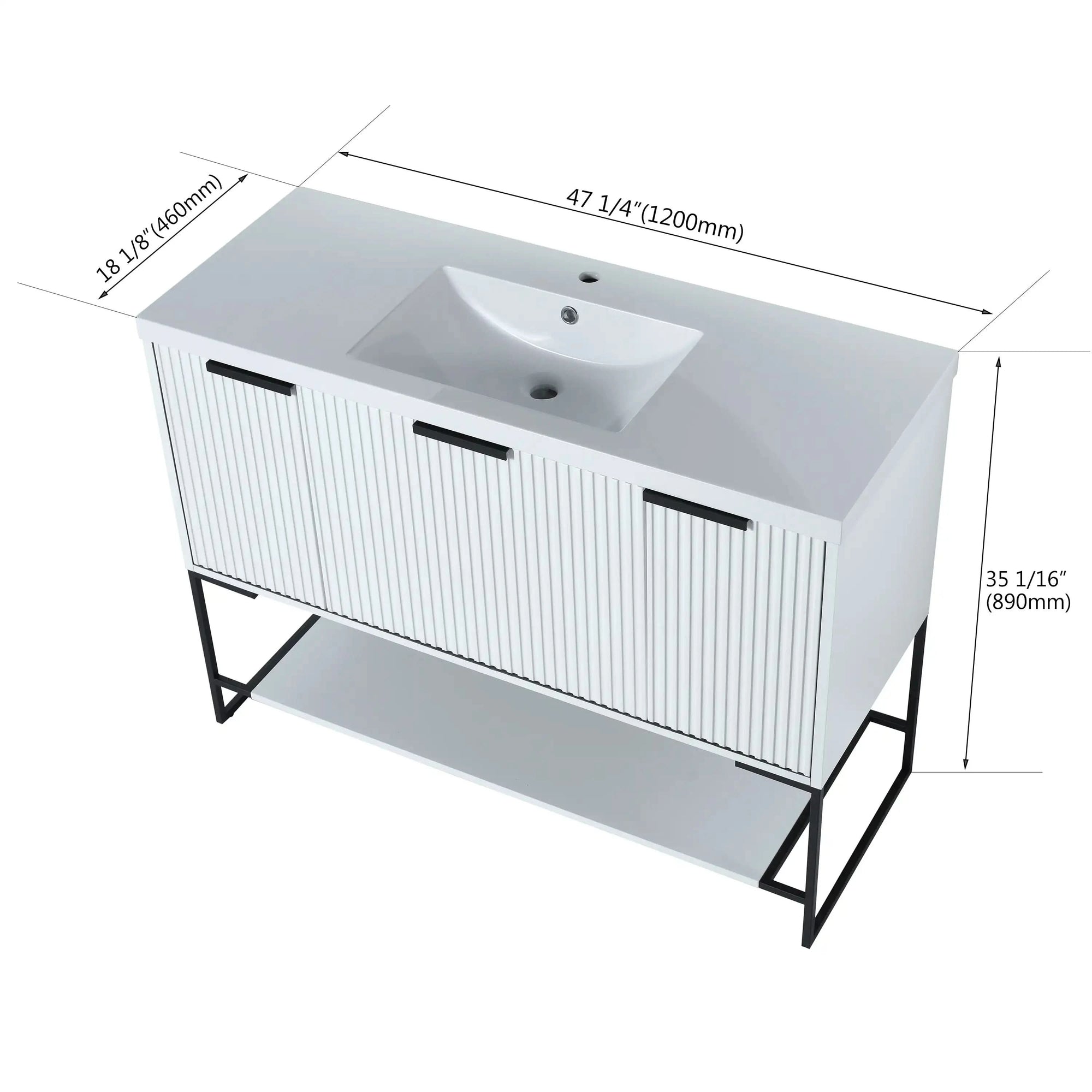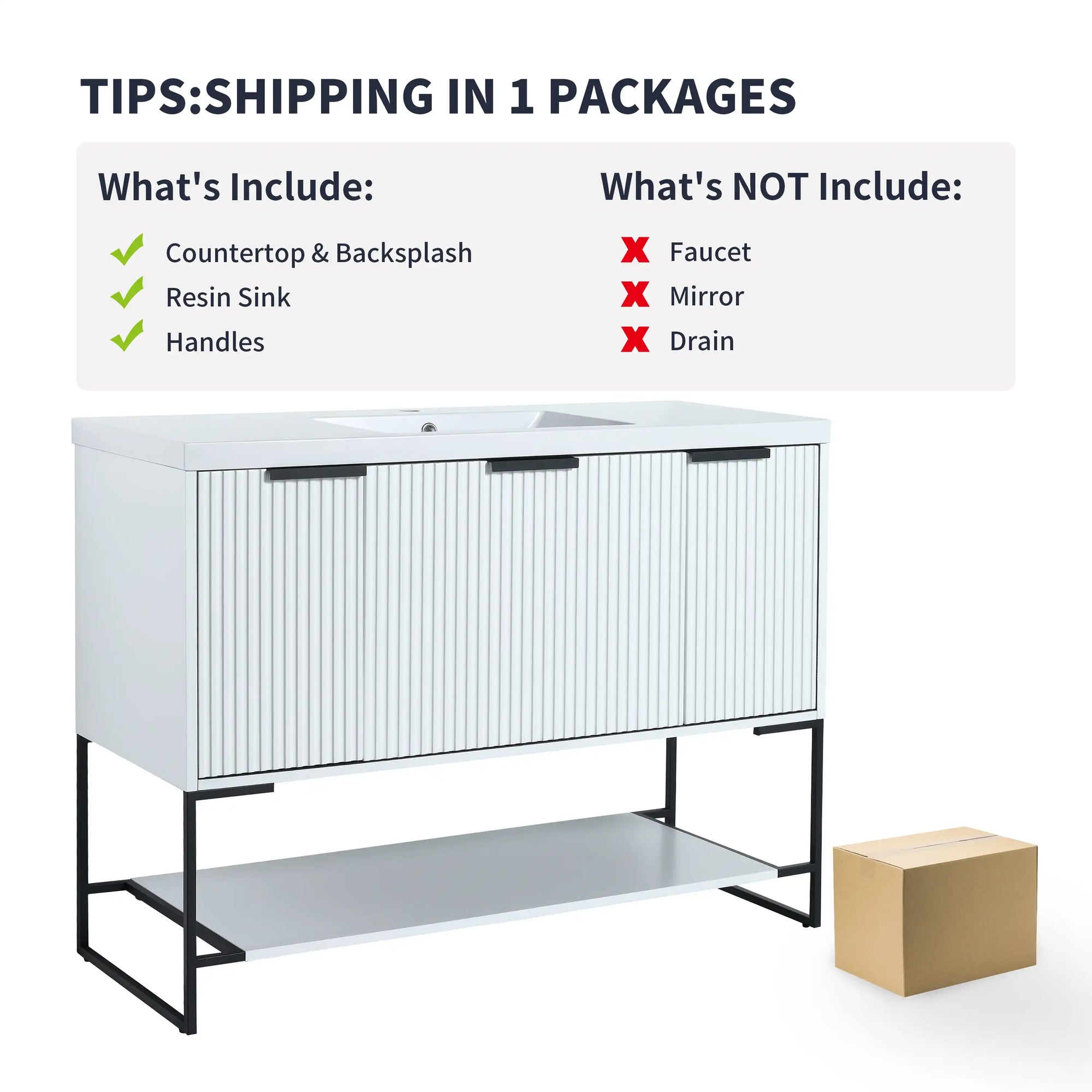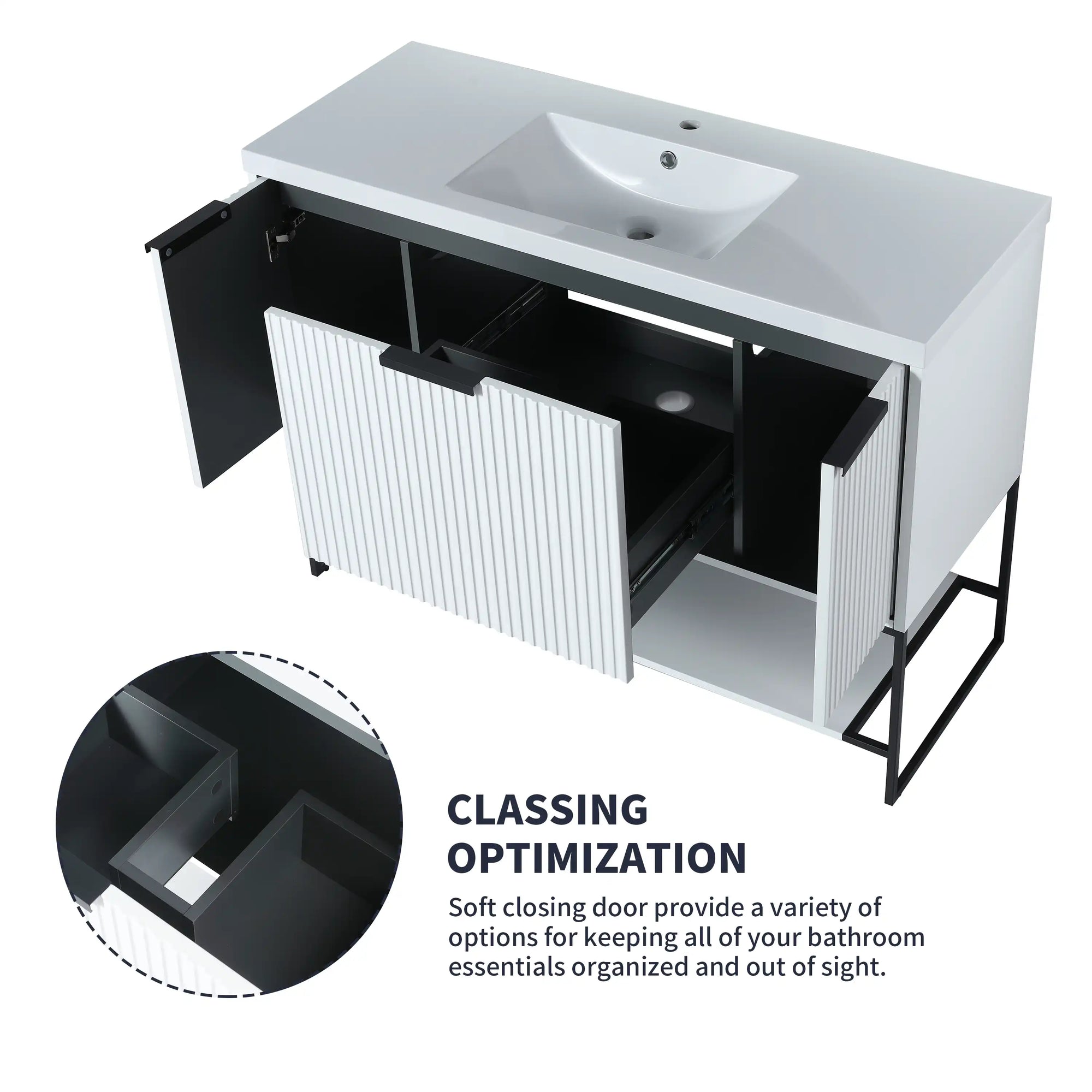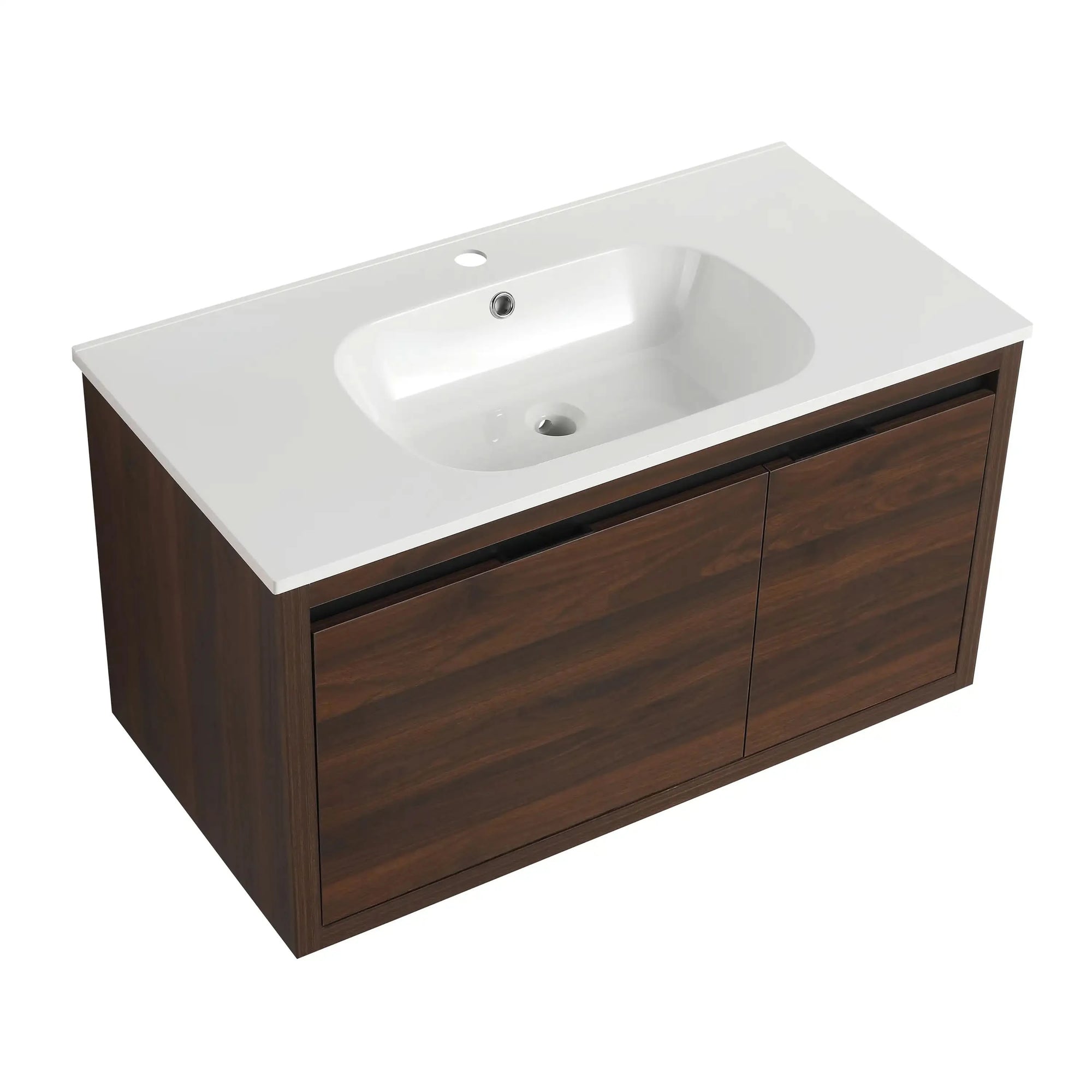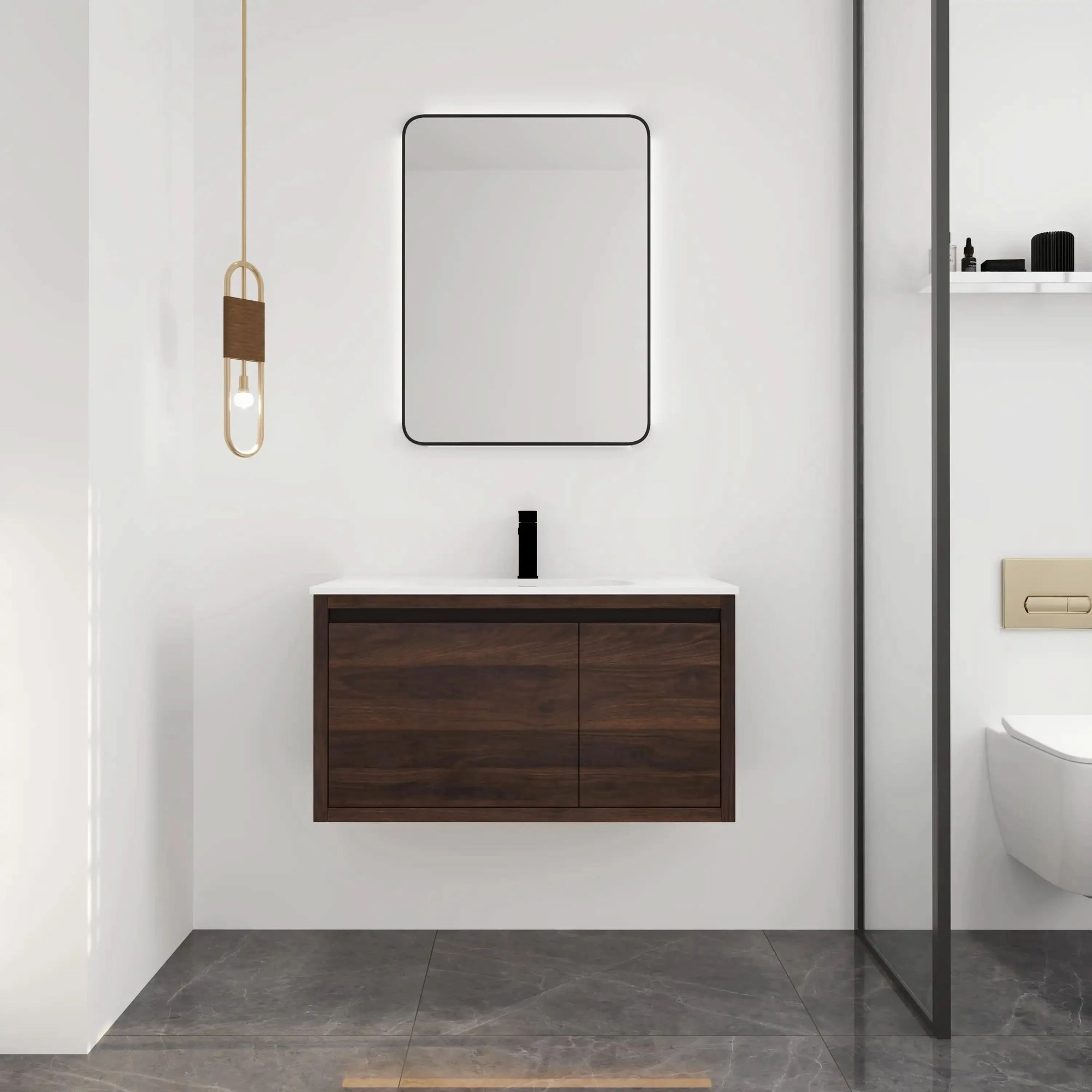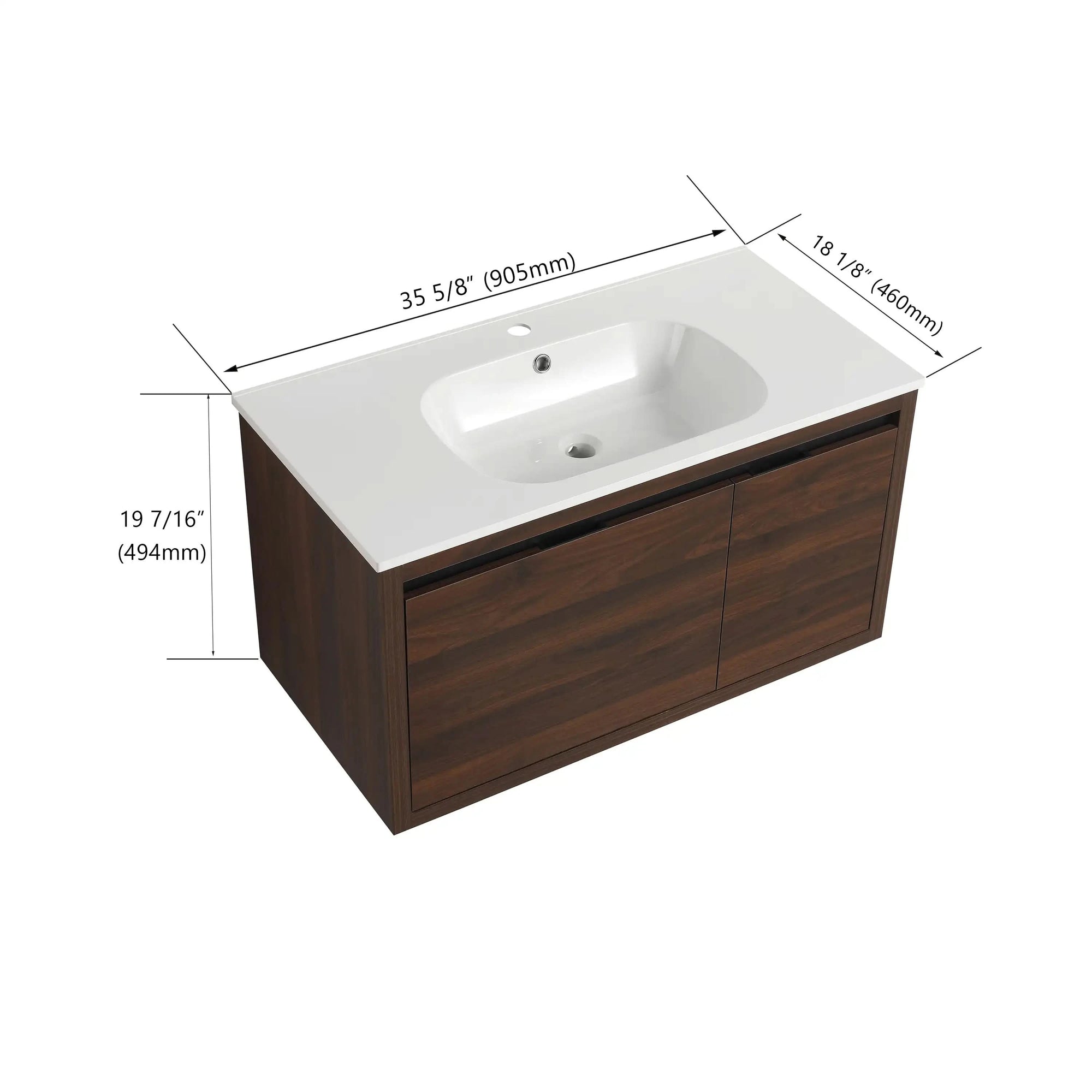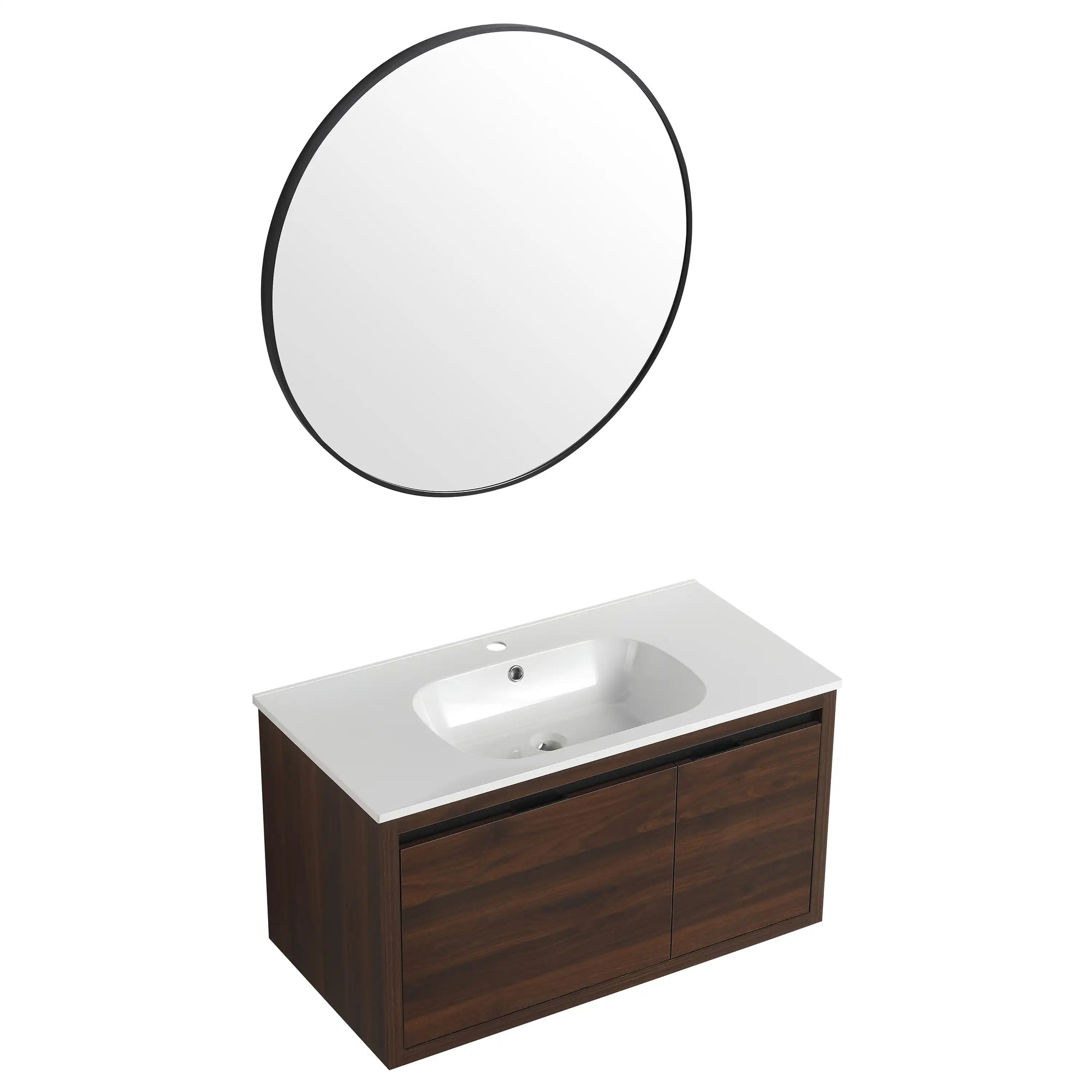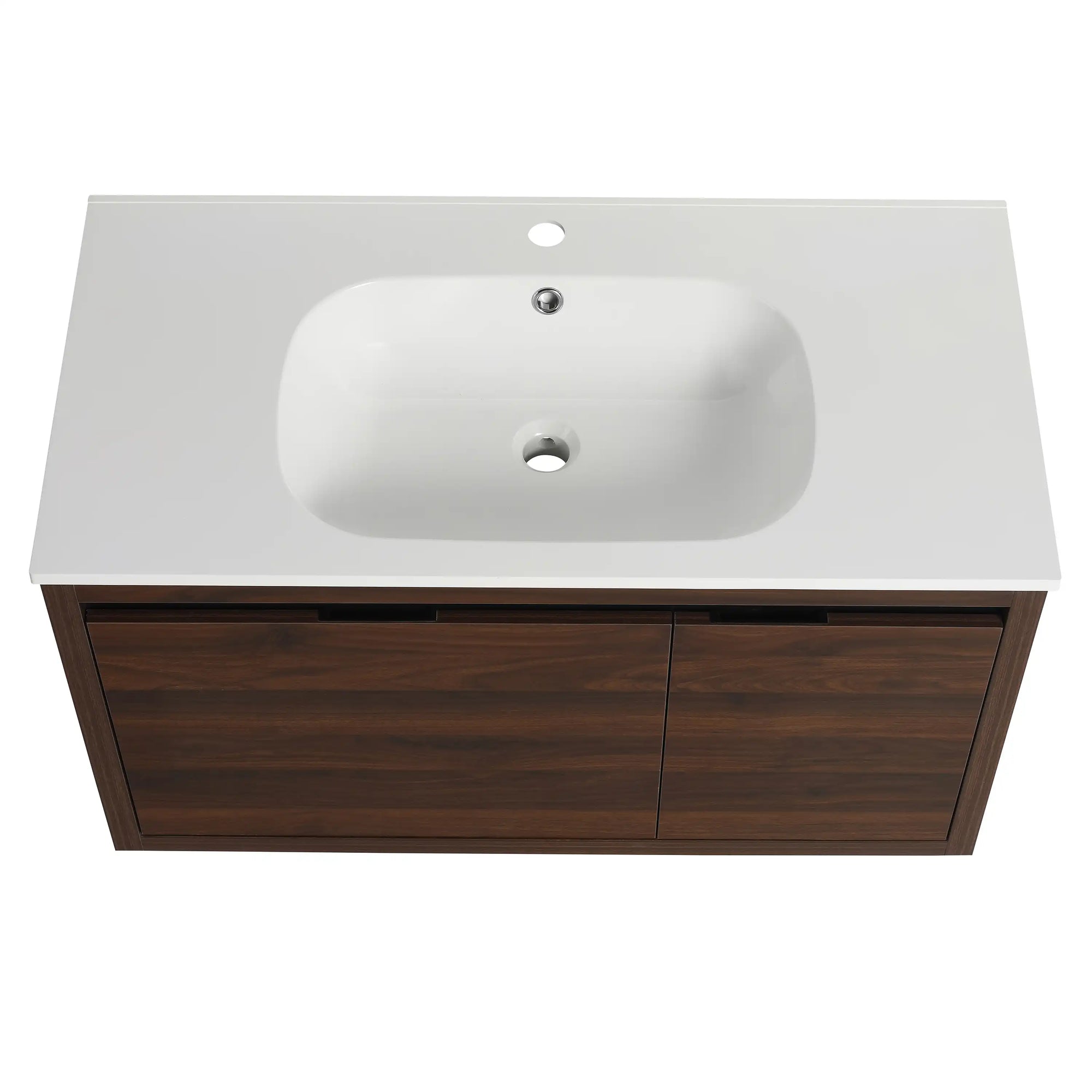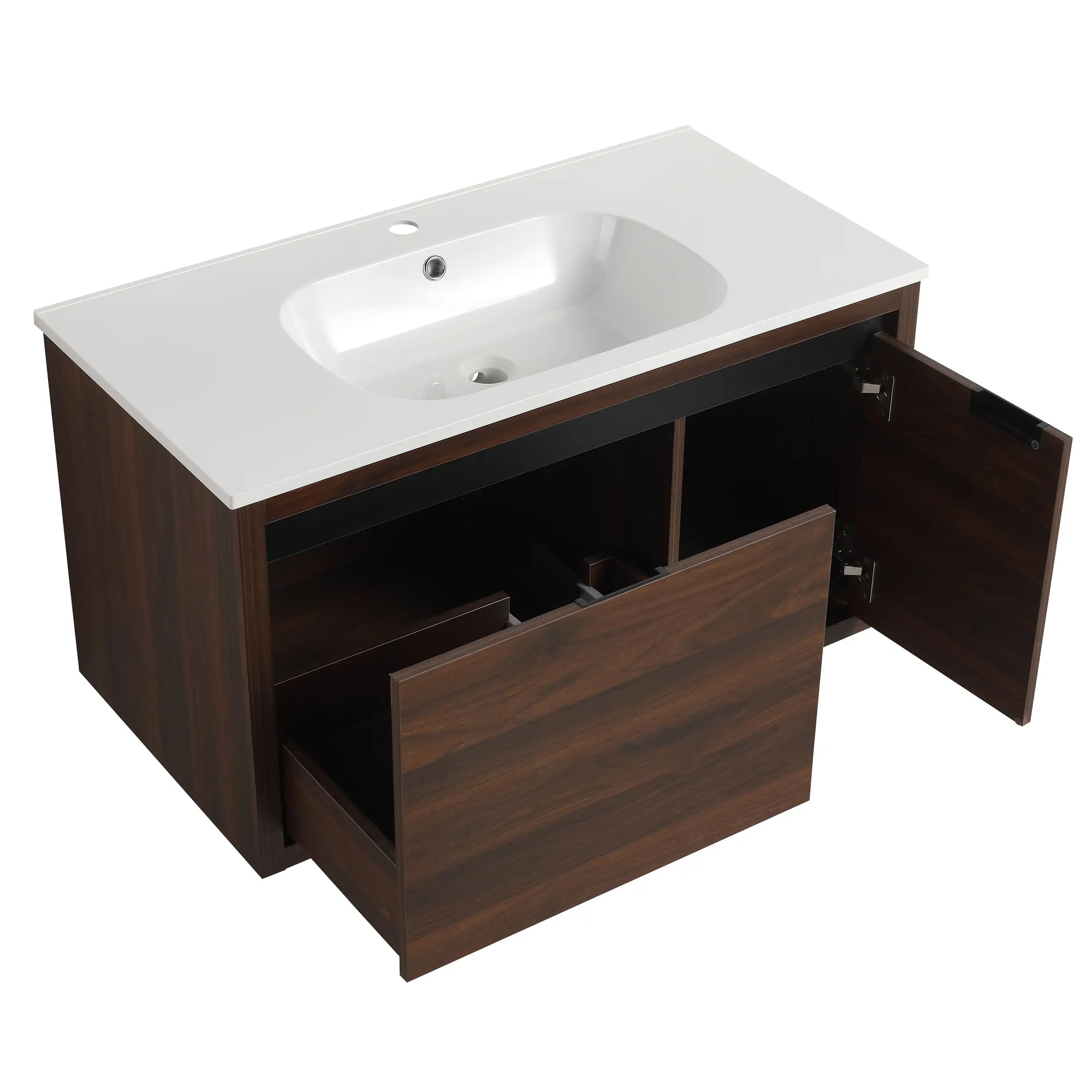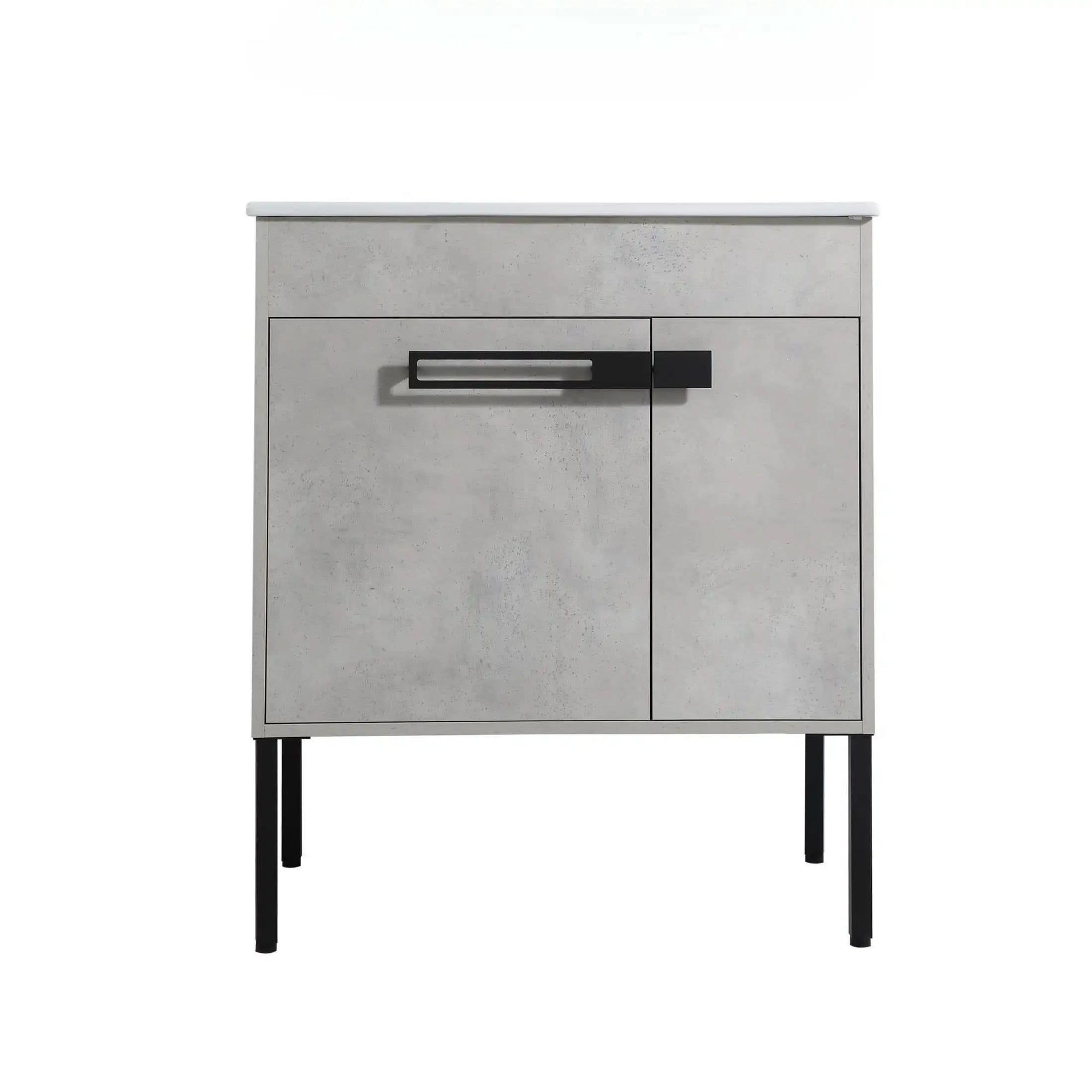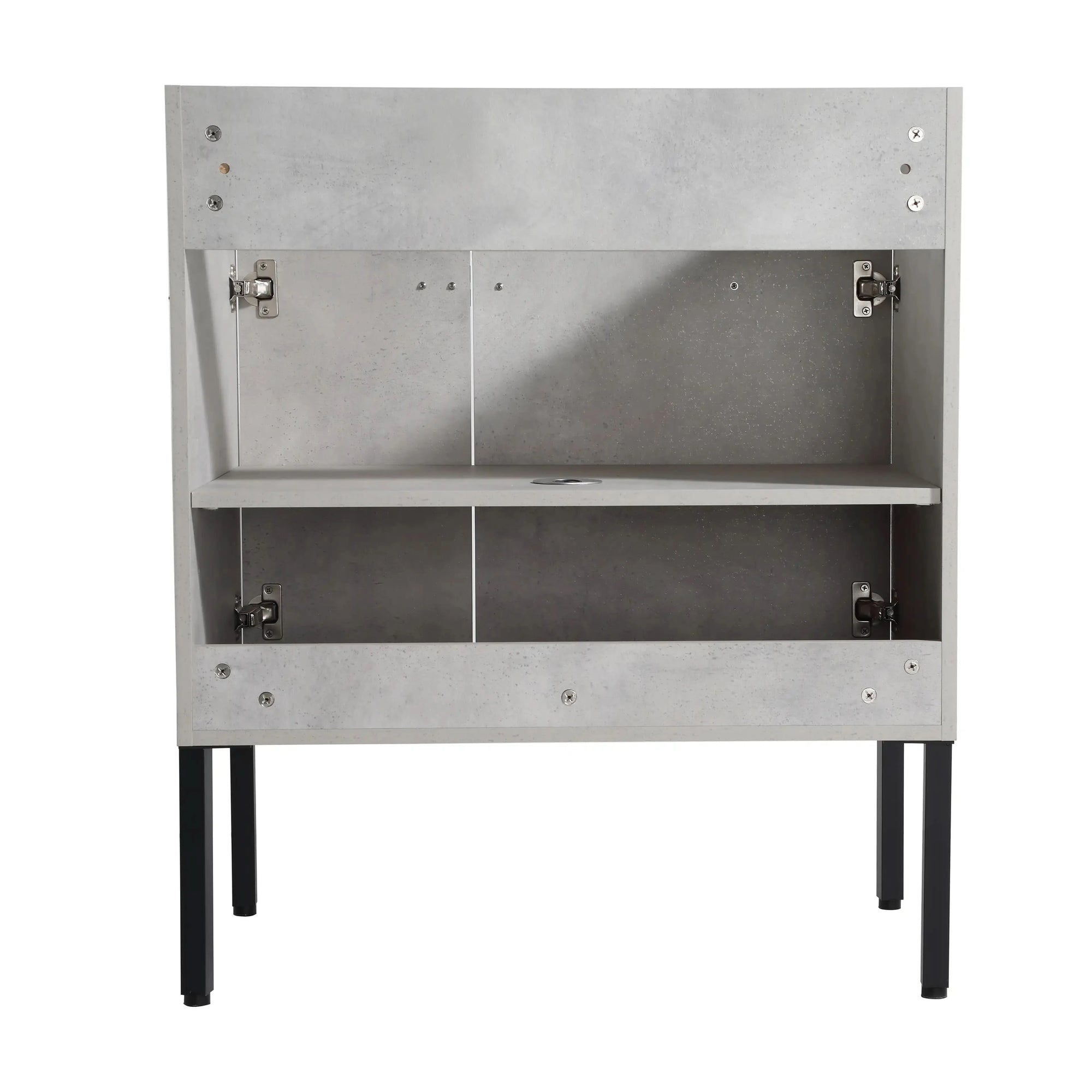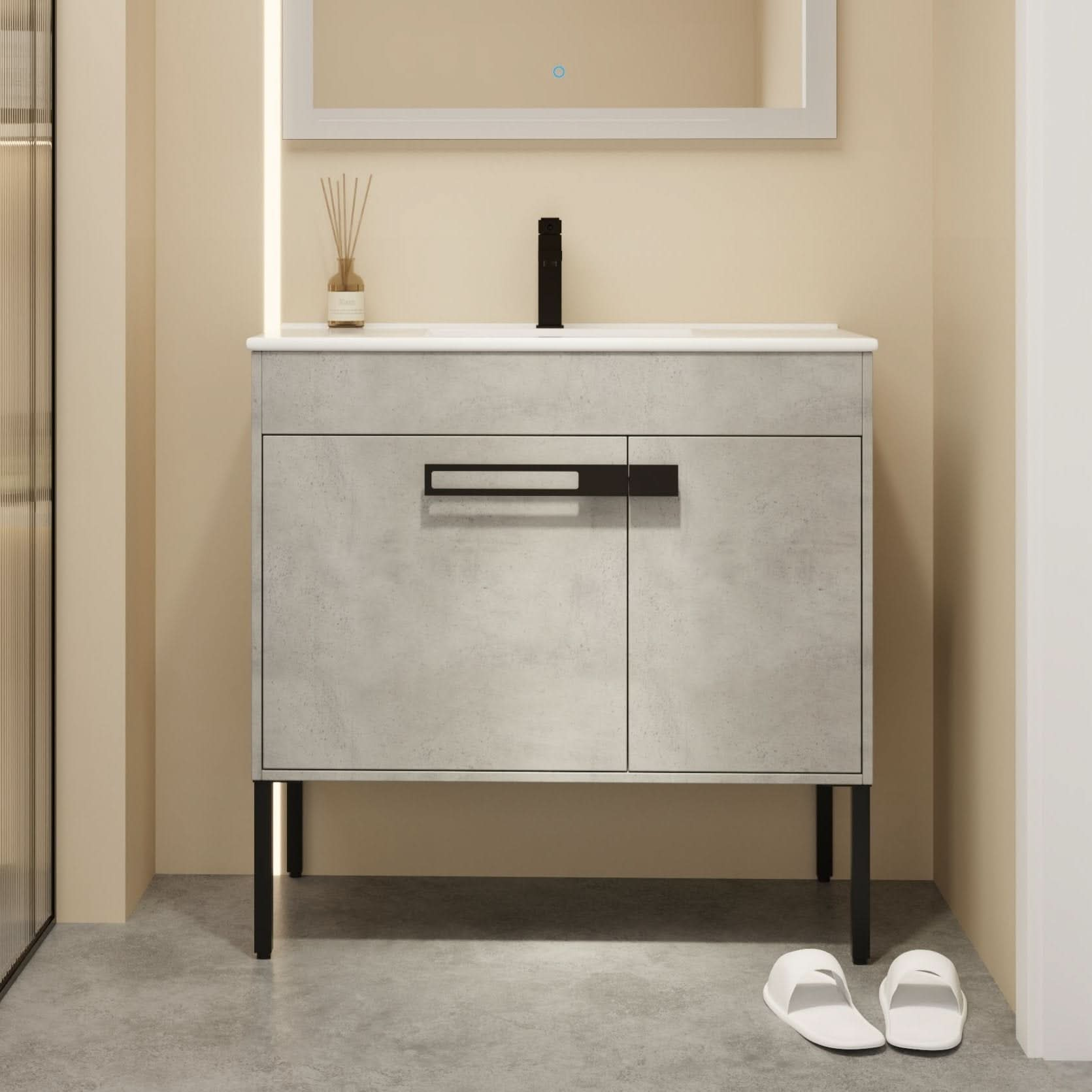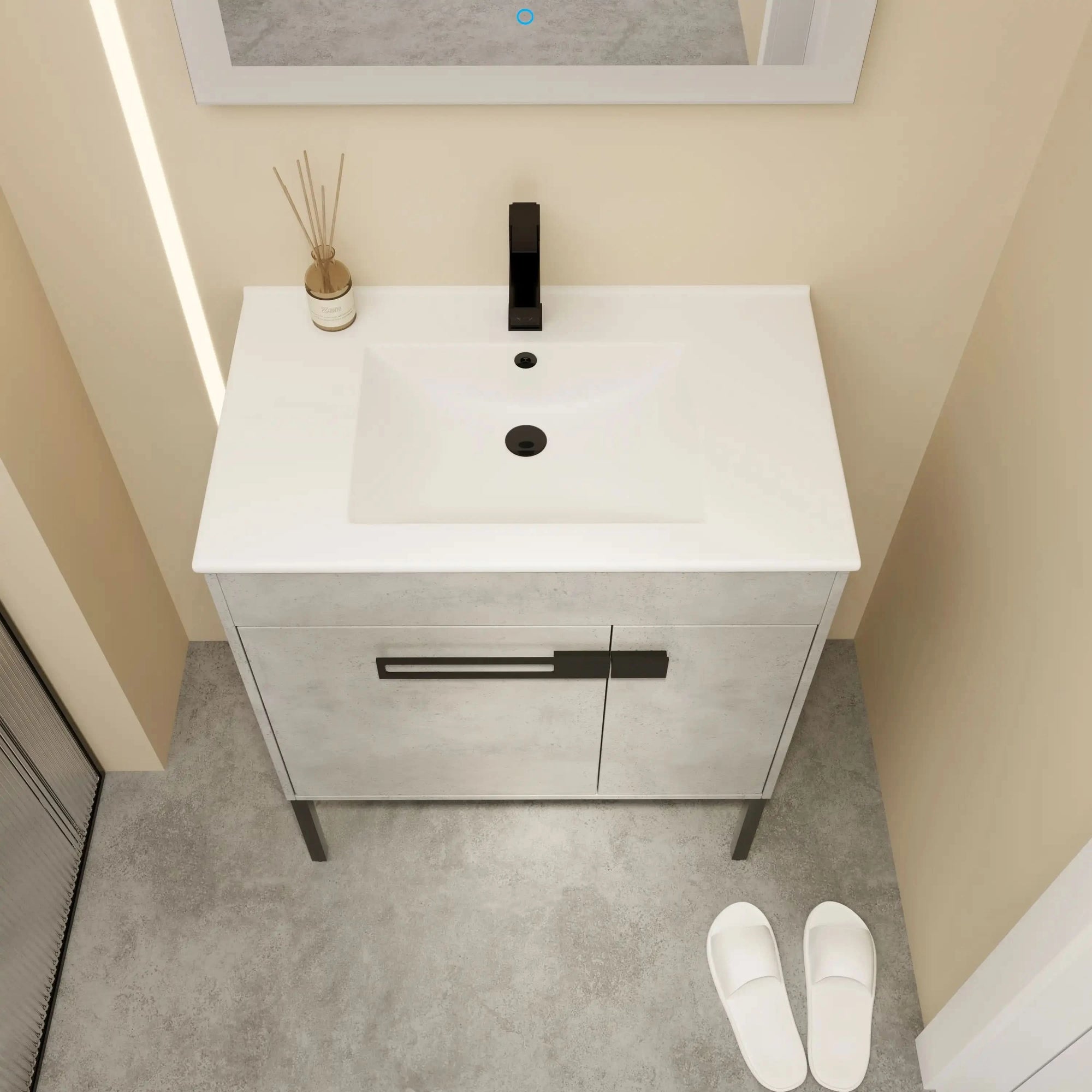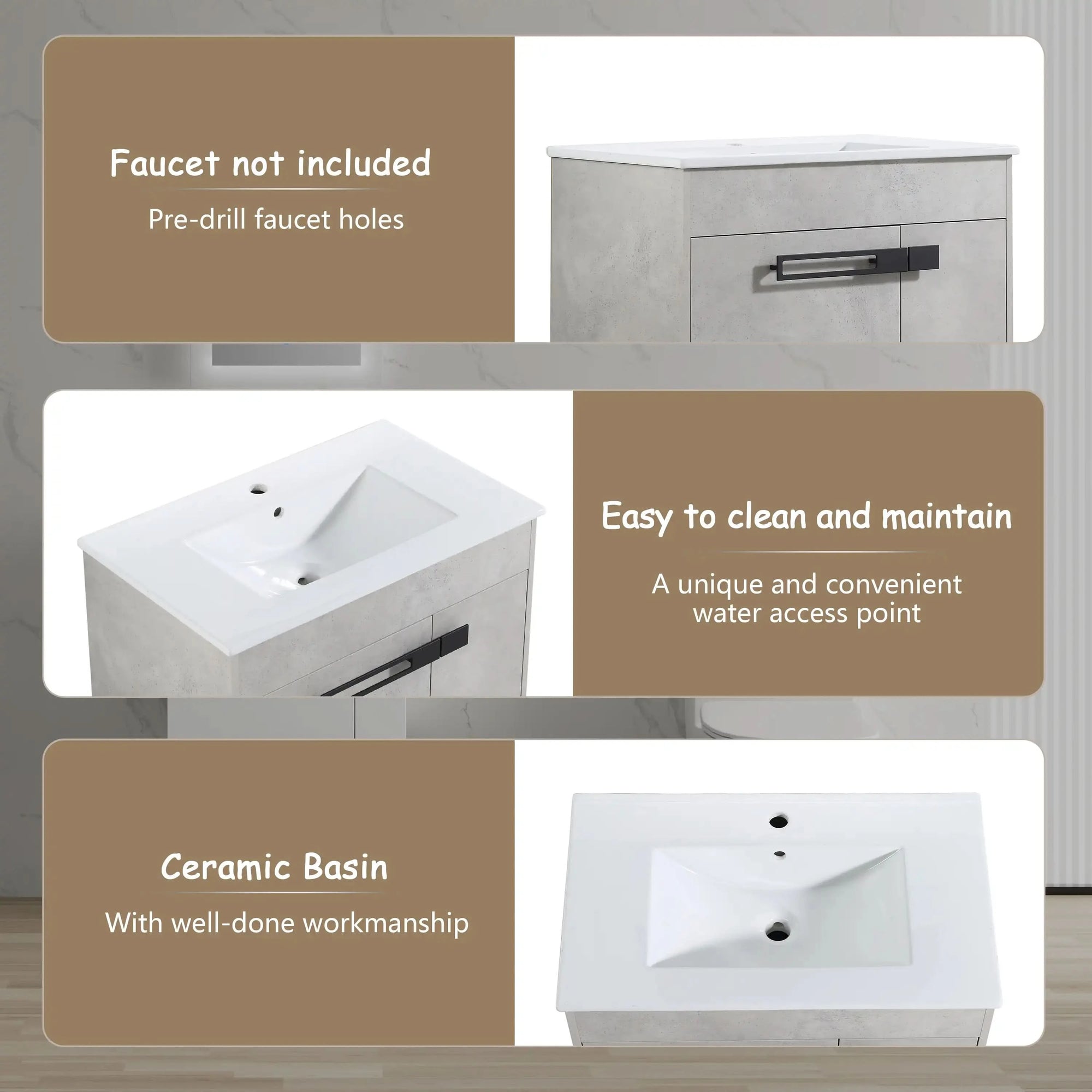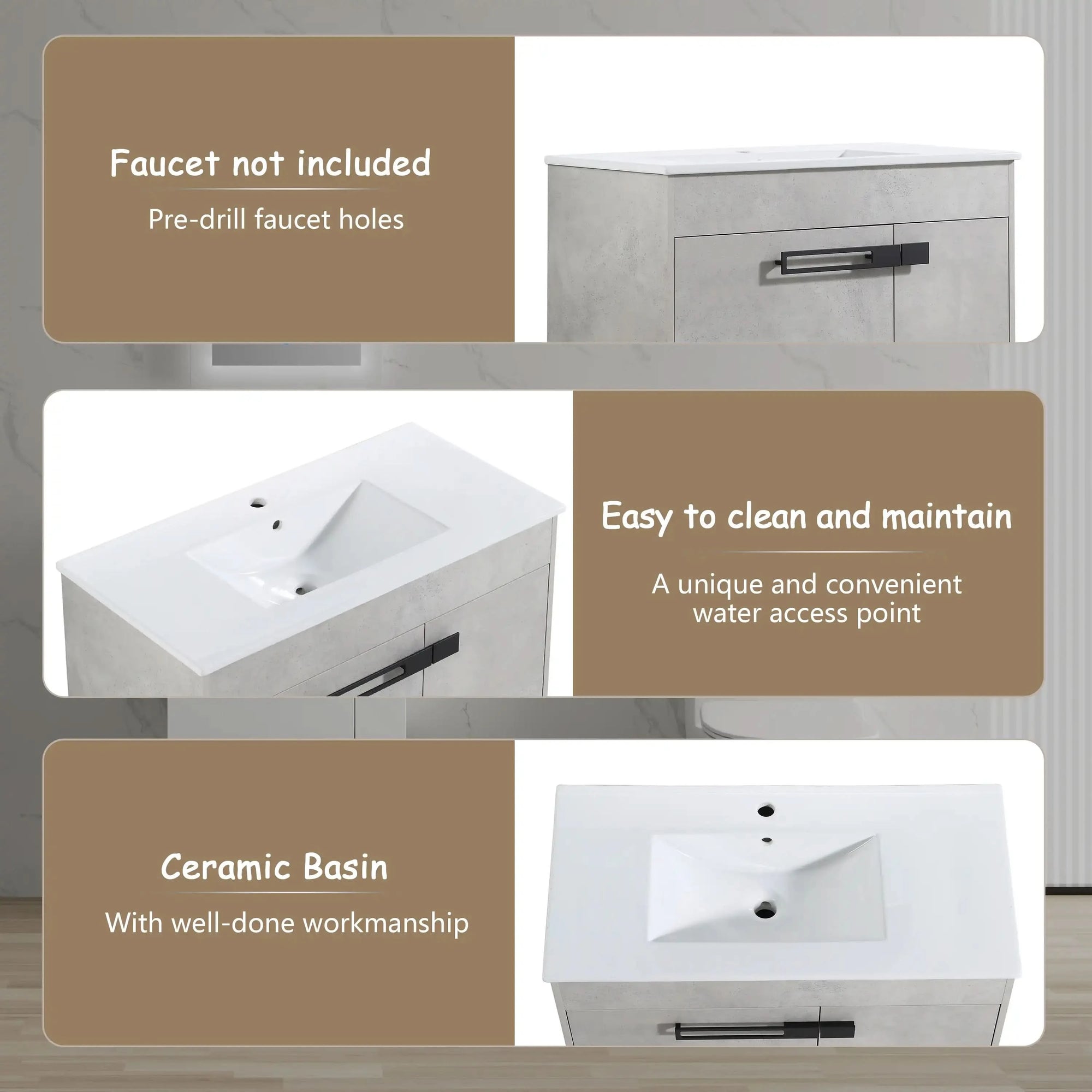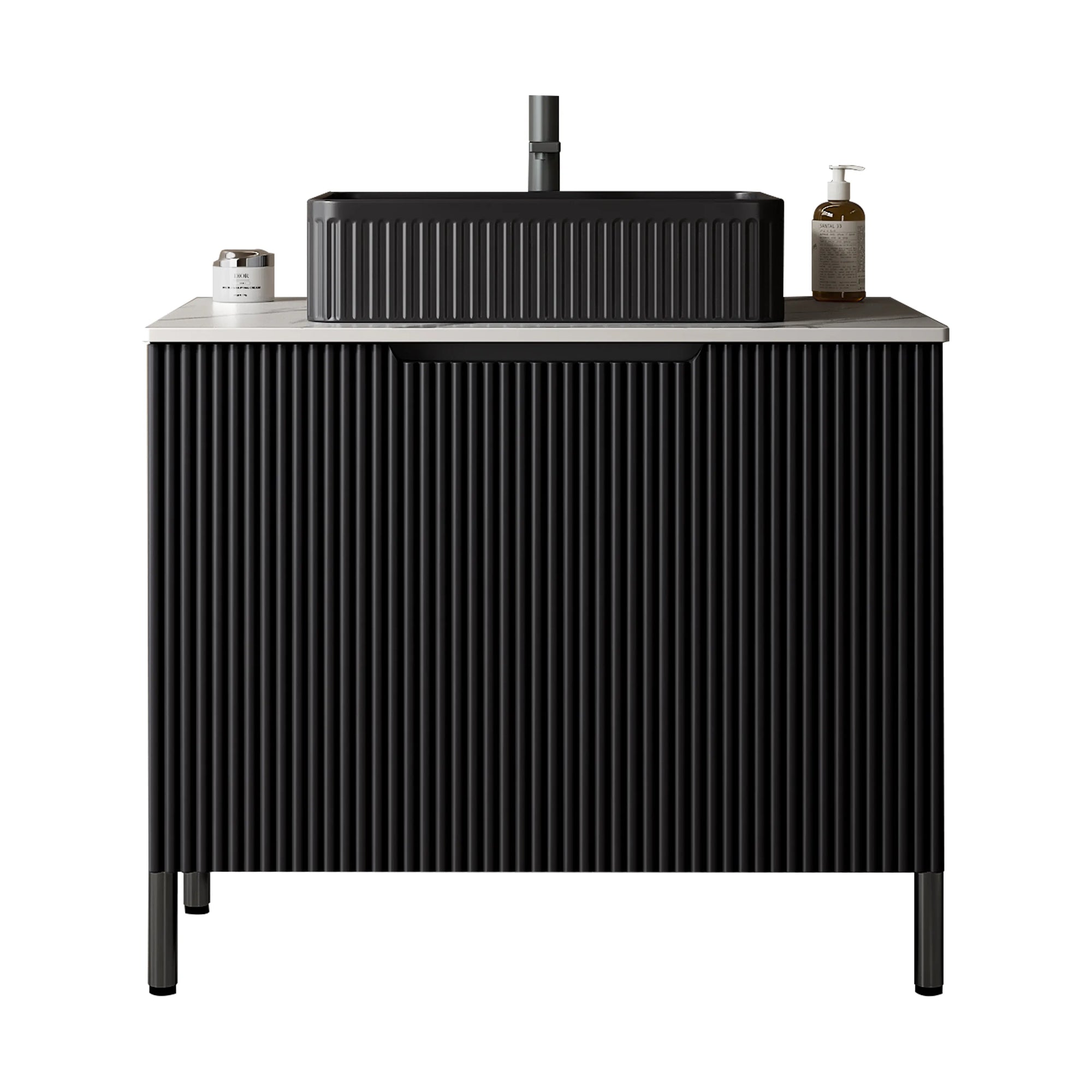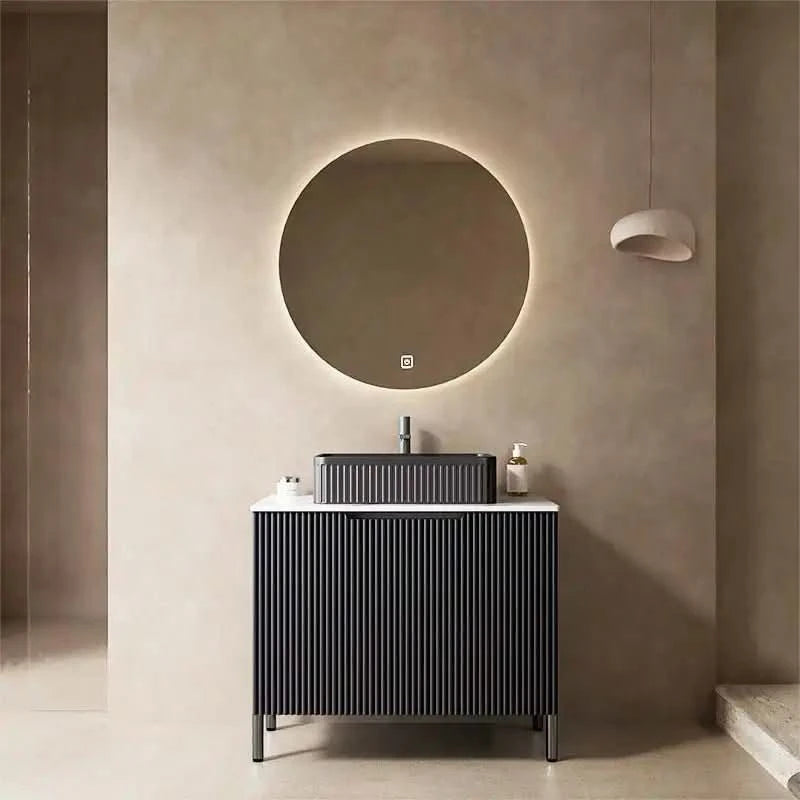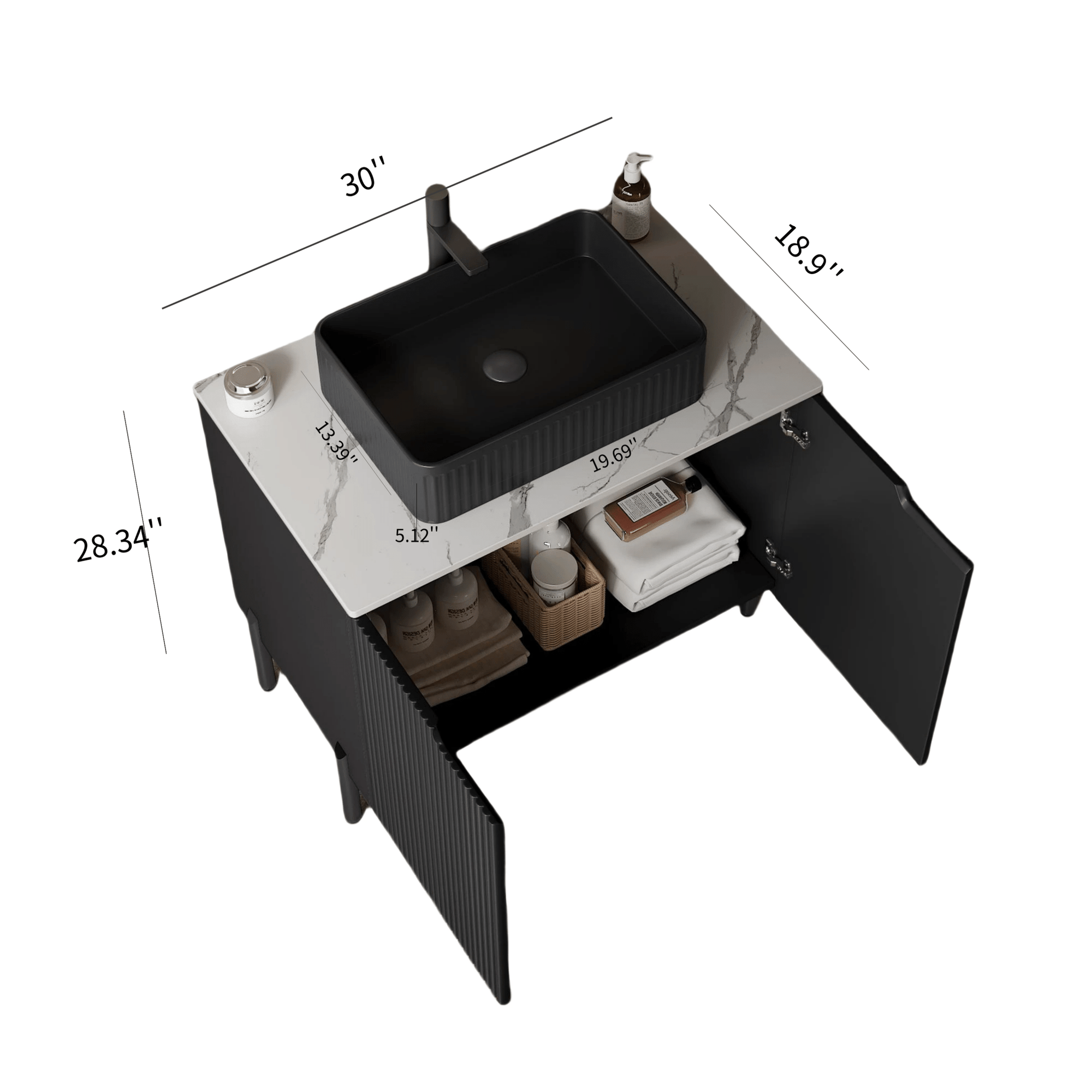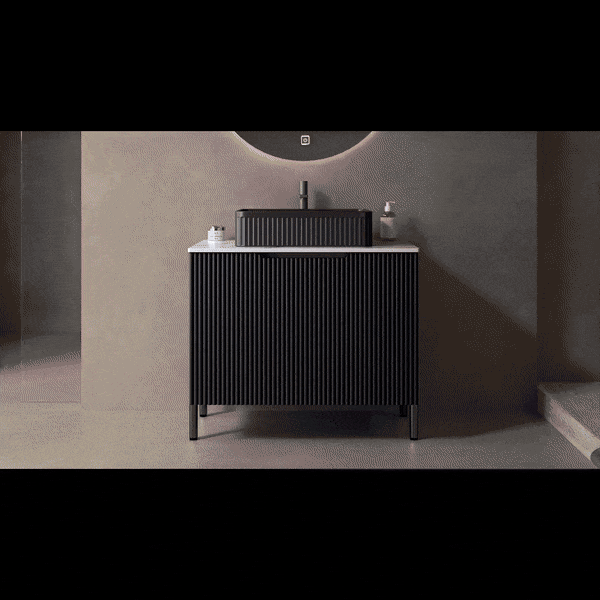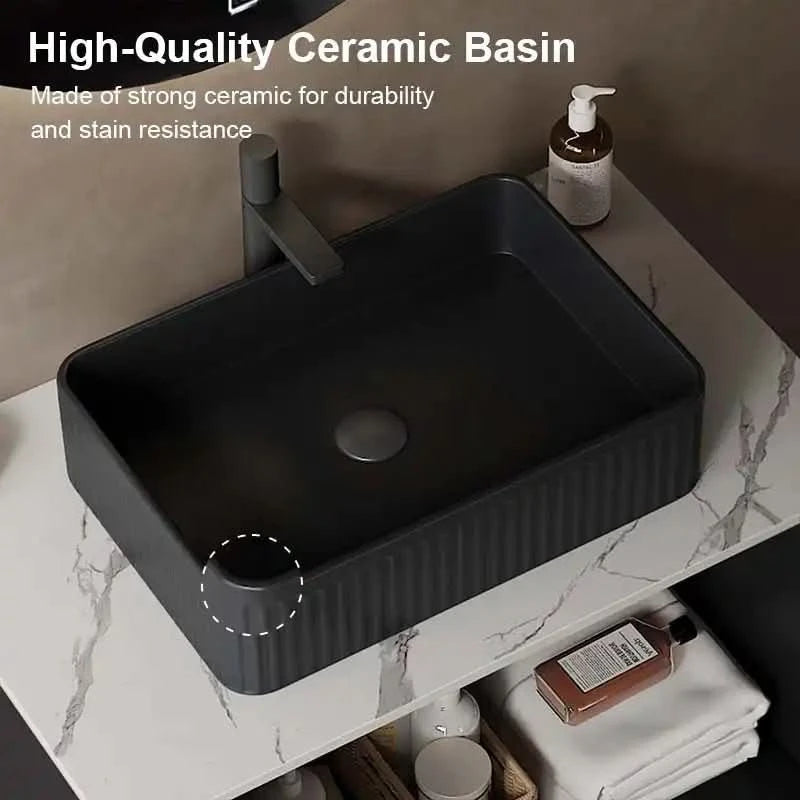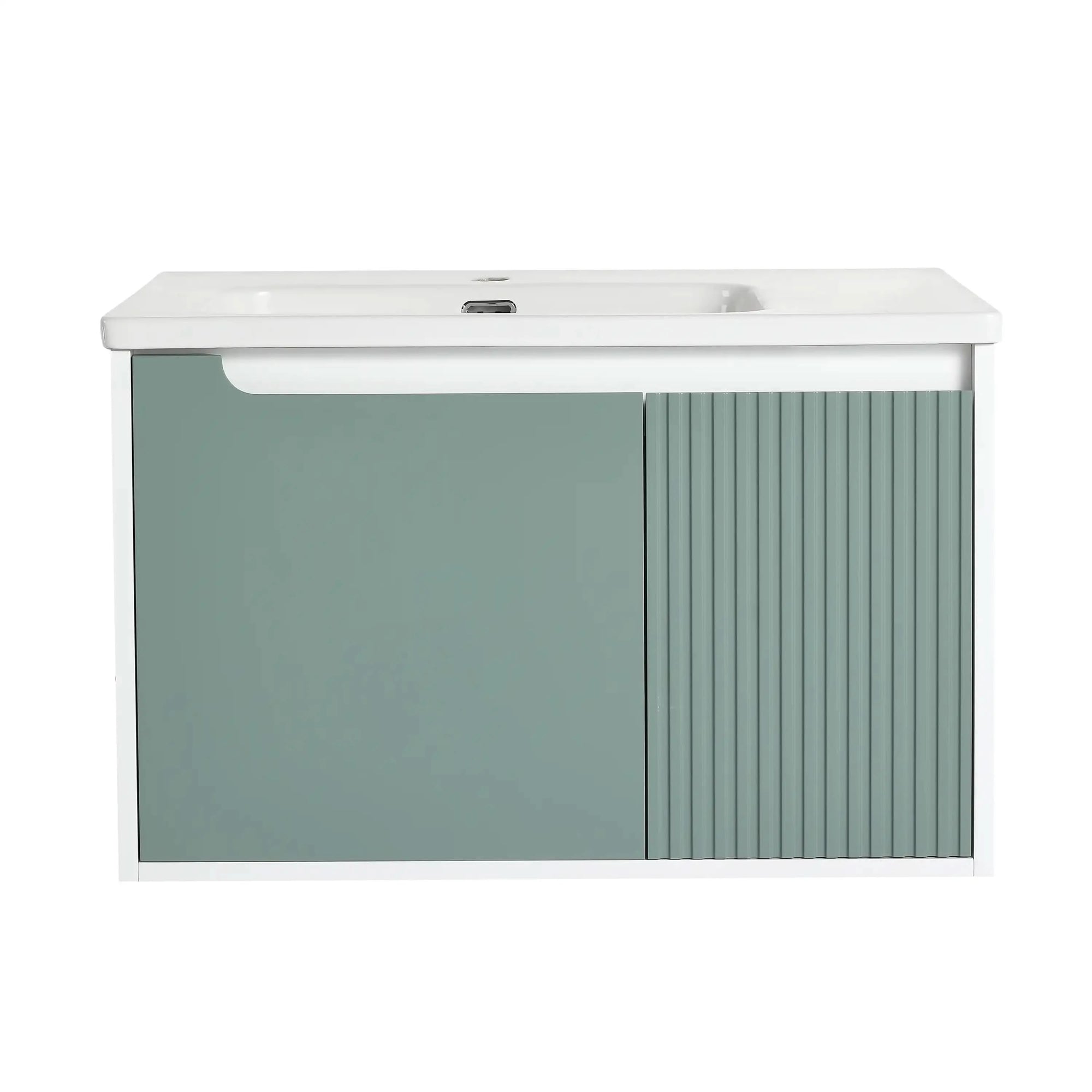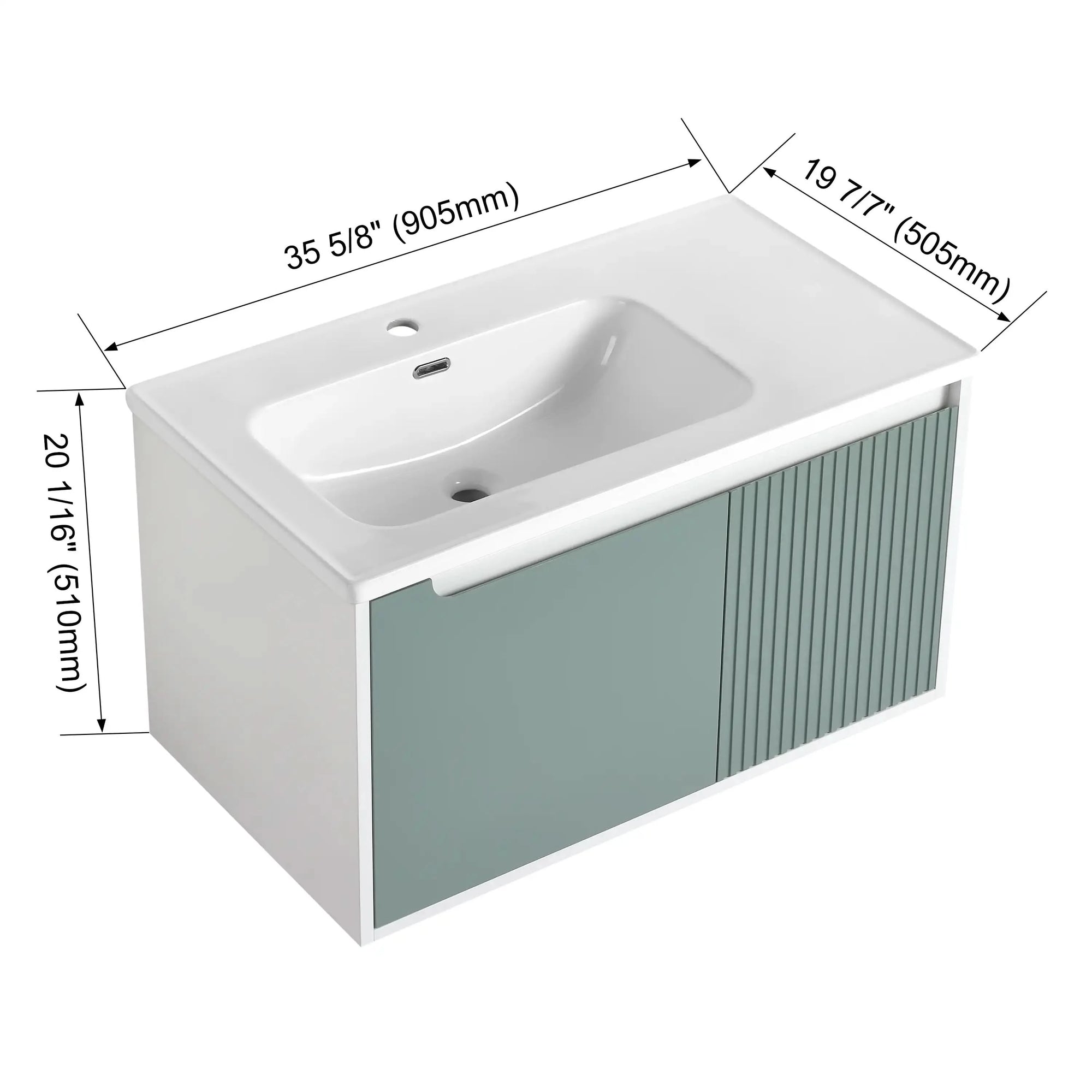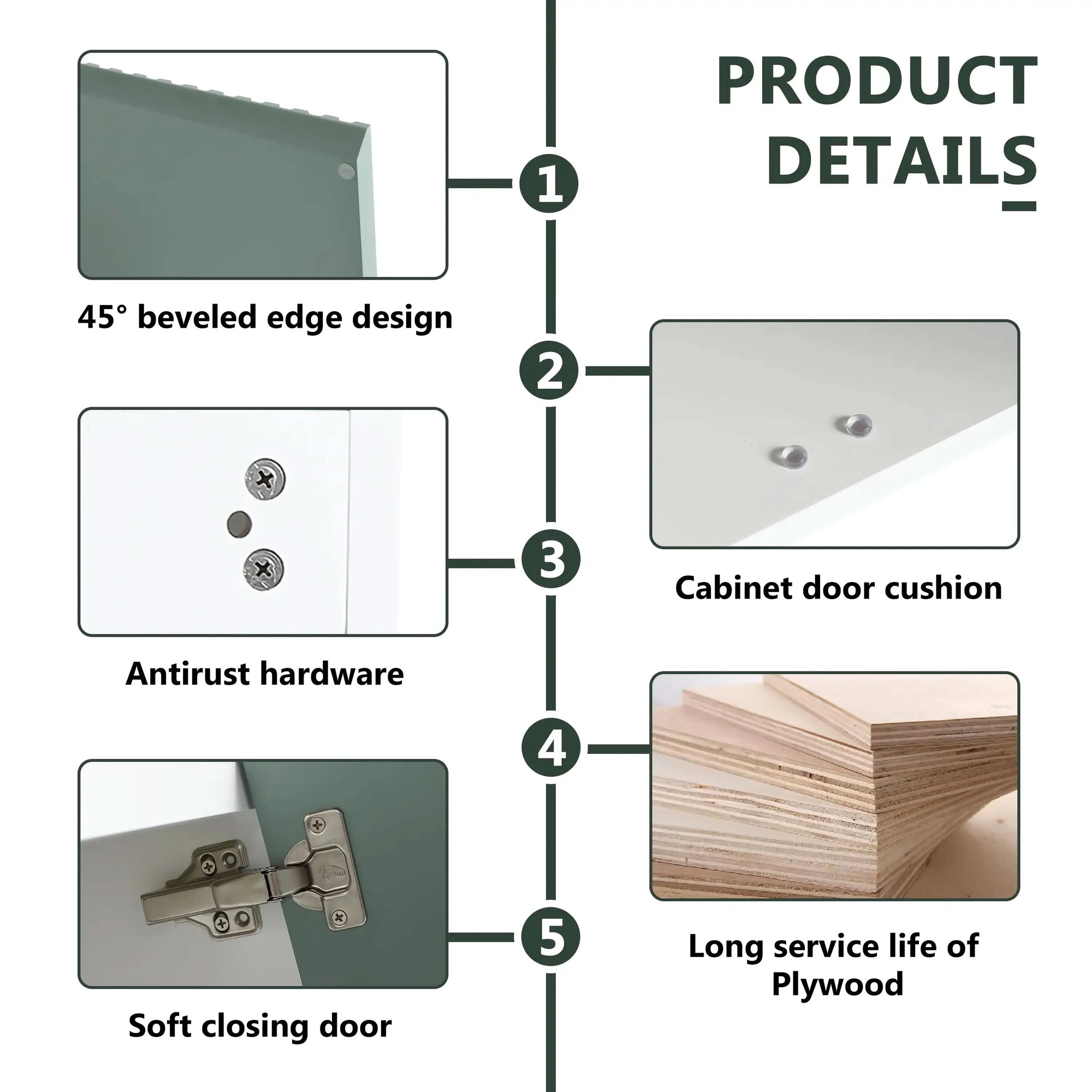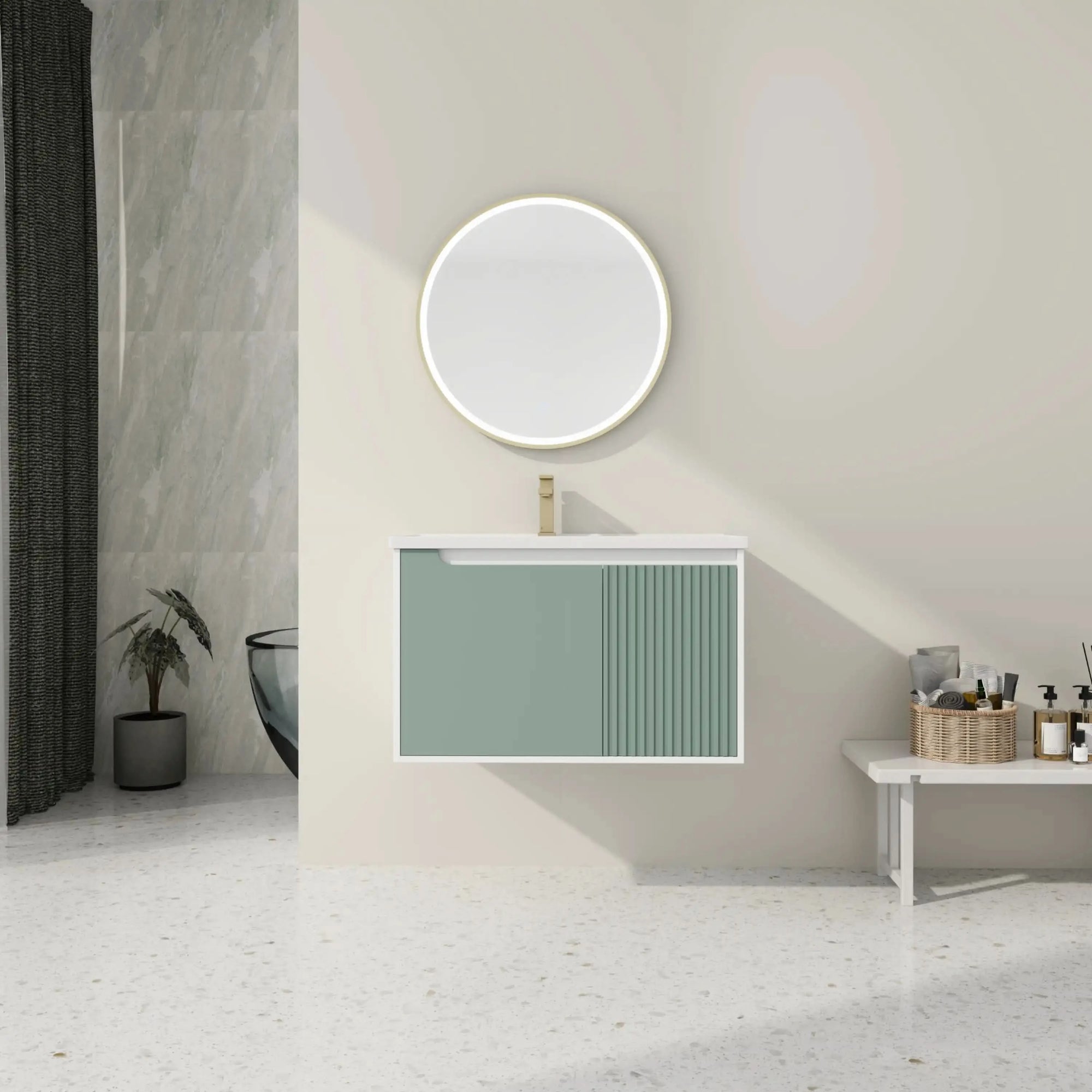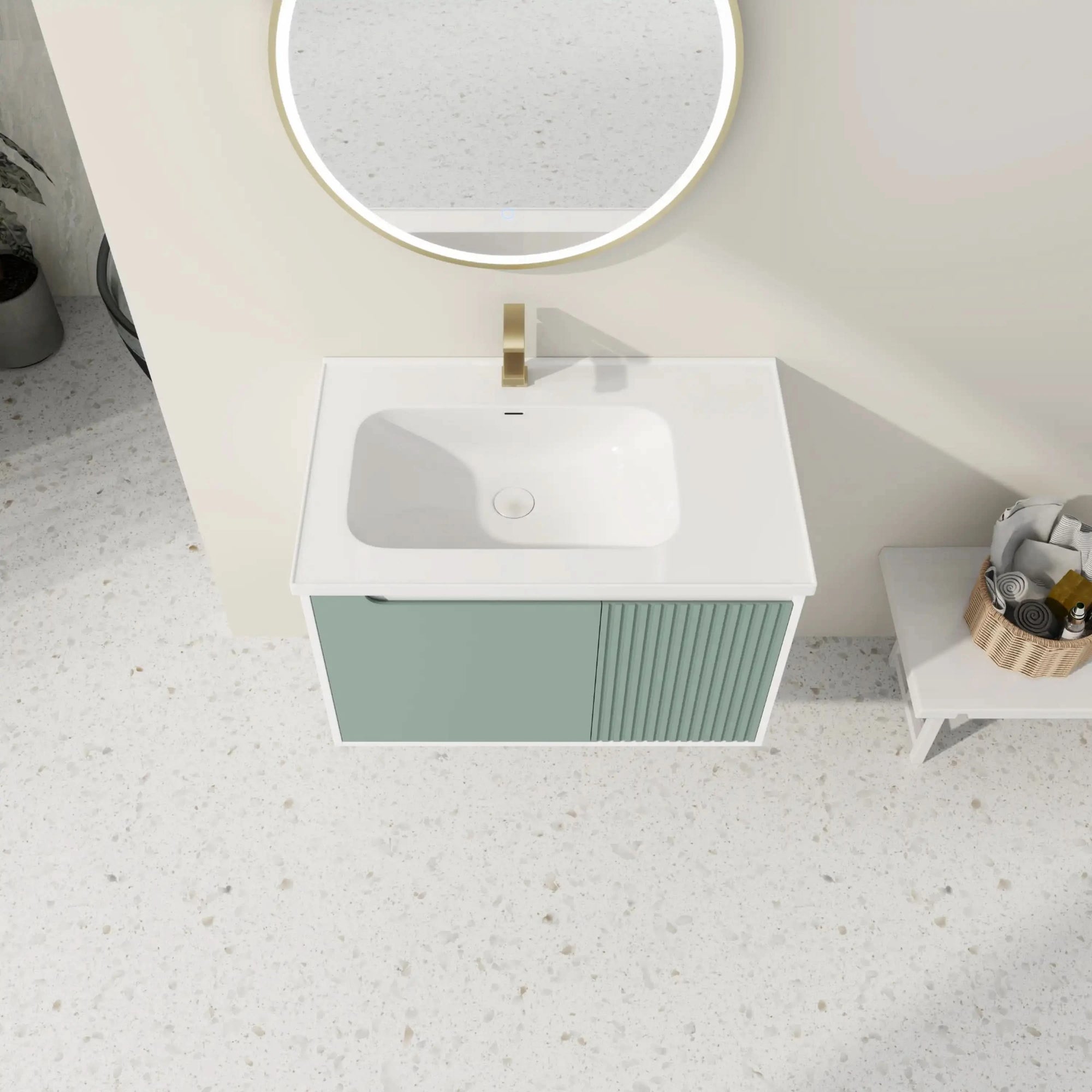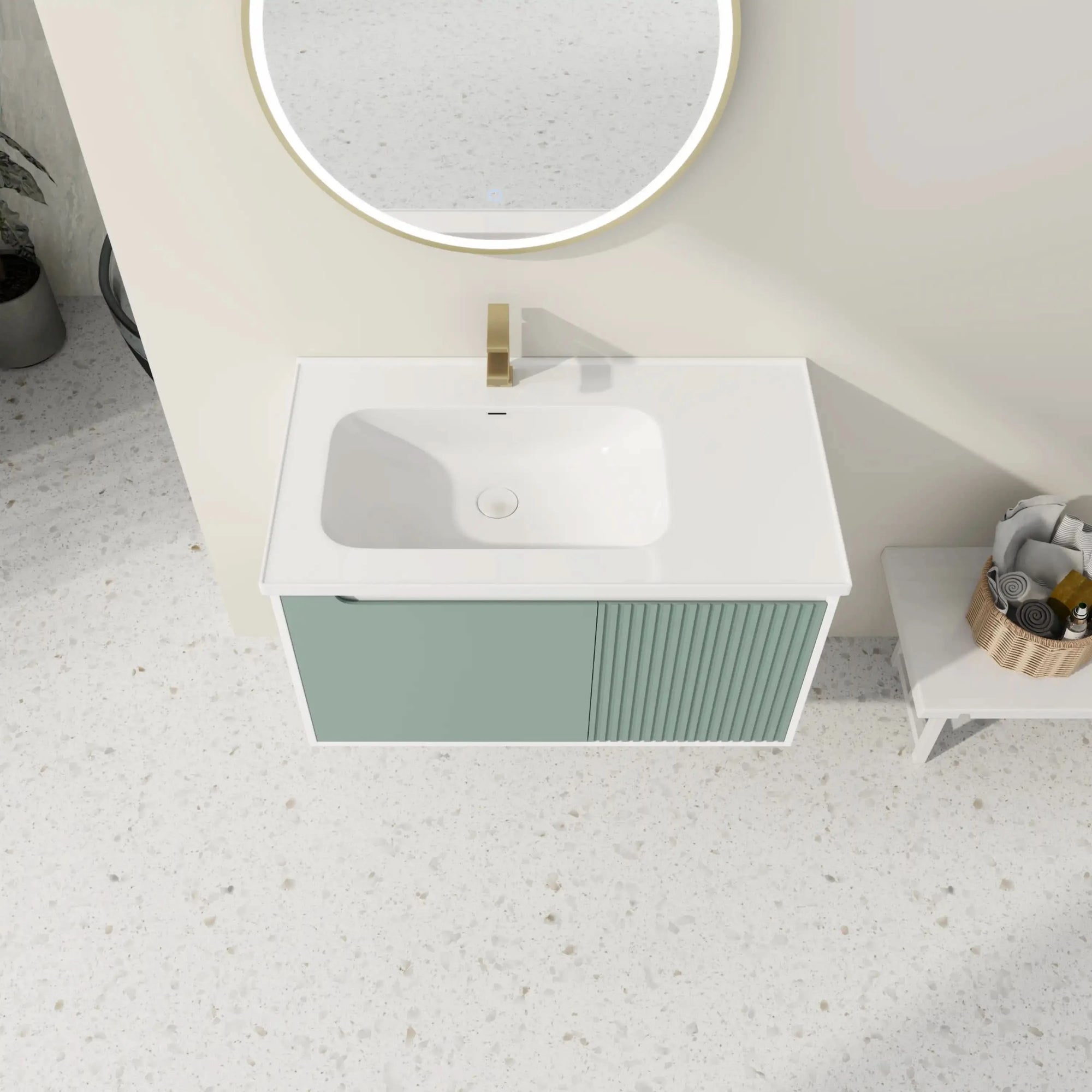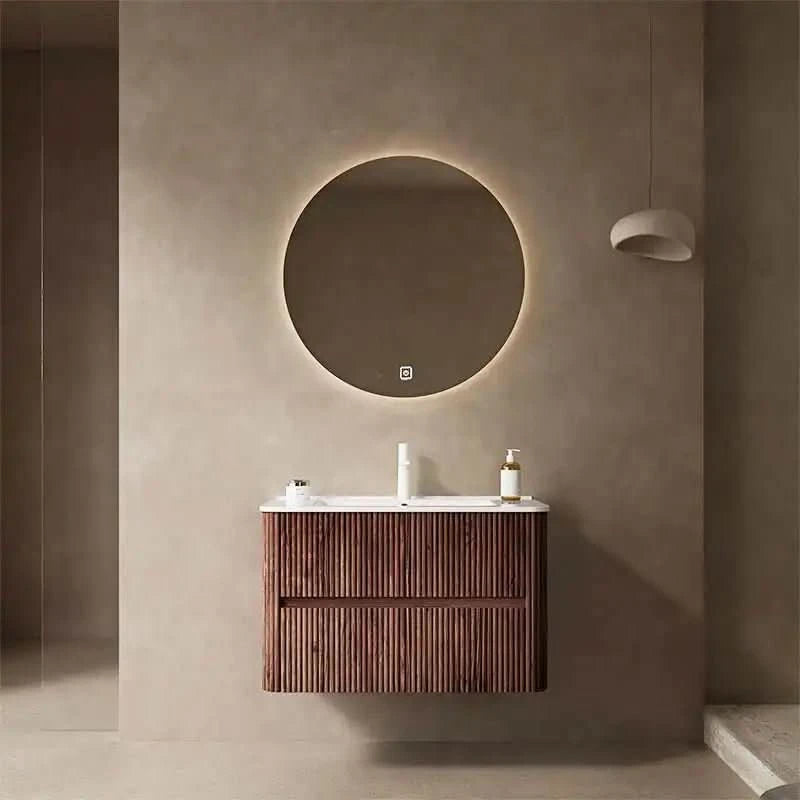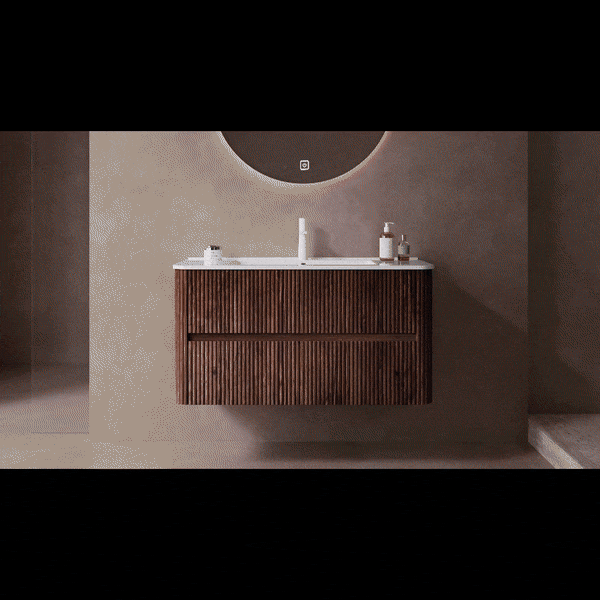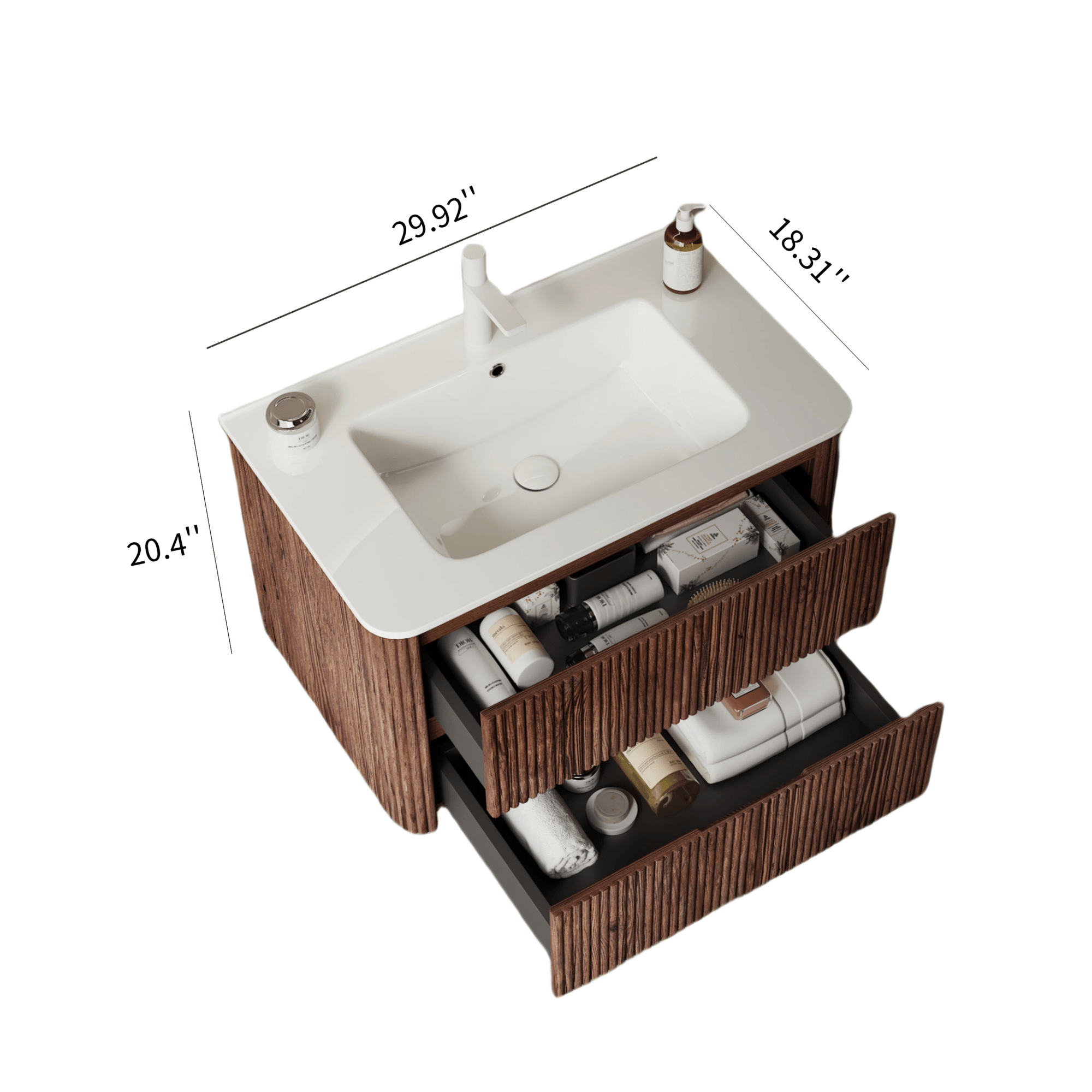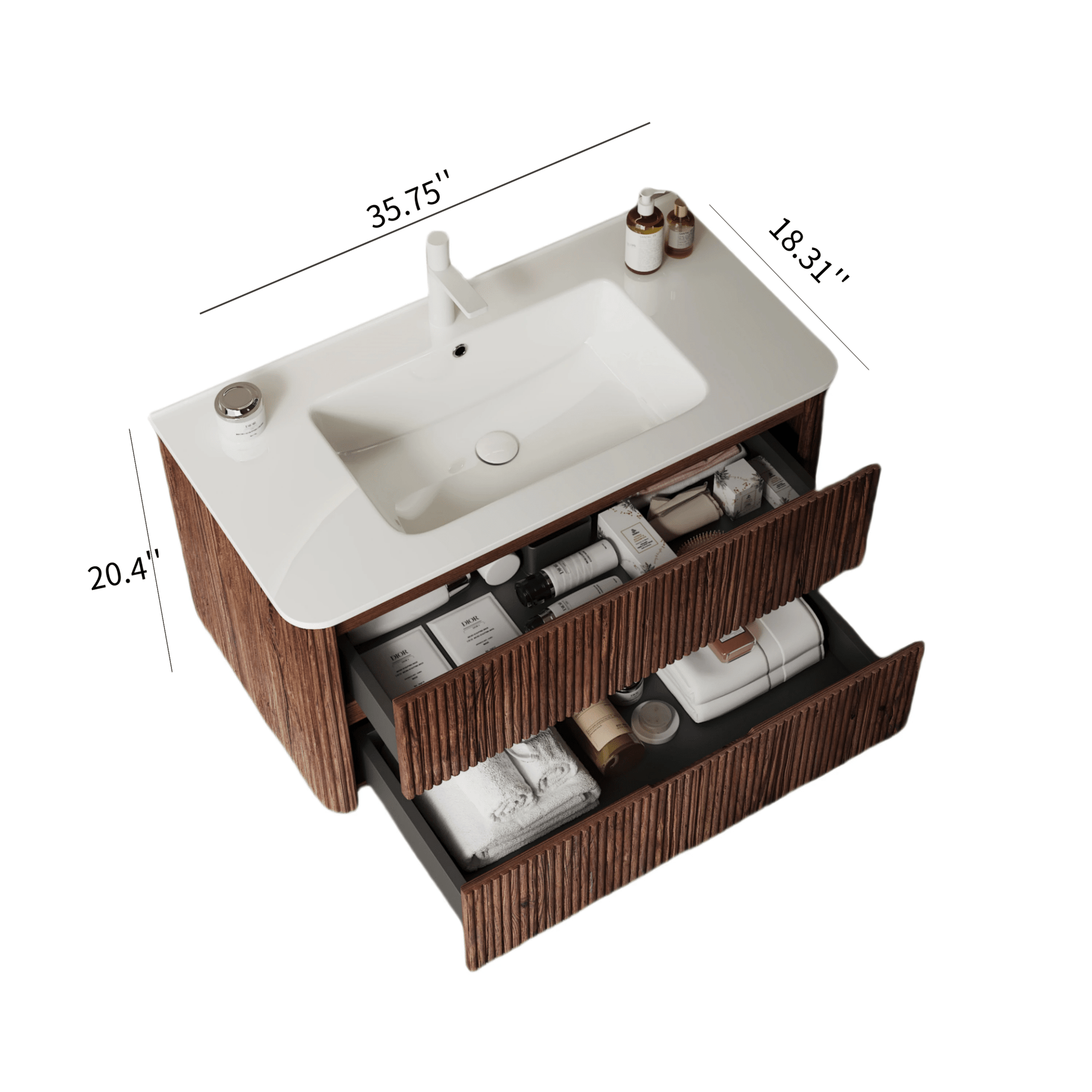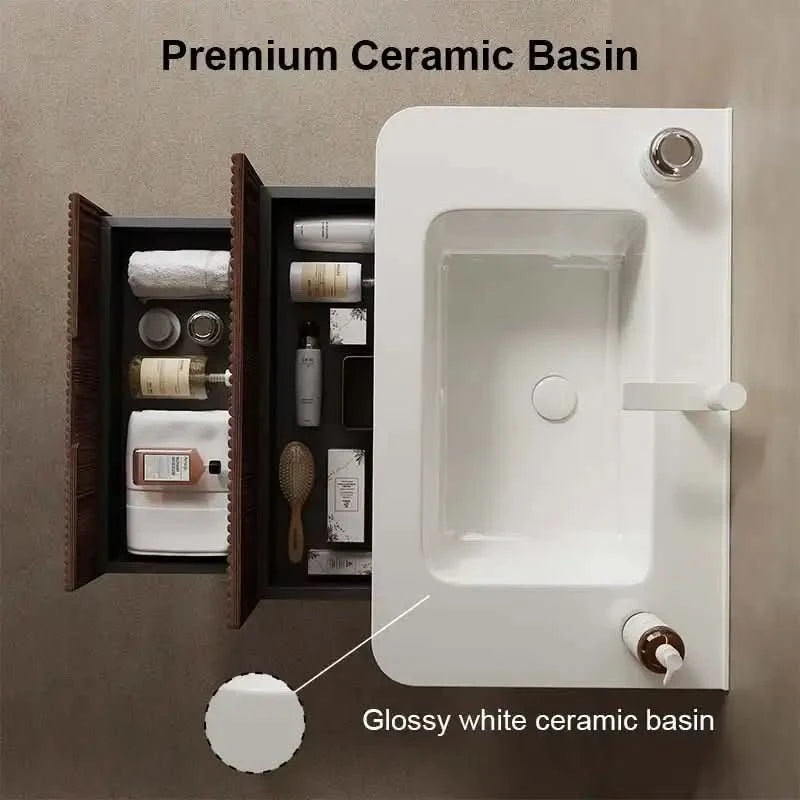Introduction: Why Bathroom Sink Dimensions Matter
Table of Contents:
- Standard Bathroom Sink Dimensions and Shapes
- How Bathroom Sink Dimensions Are Measured
- Sink Types and Their Typical Dimensions
- Comparing Materials and Their Practical Implications
- Key Considerations When Choosing the Right Sink
- FAQ: Expert Answers to Common Questions
In North America, bathroom sinks typically fall within three size ranges: small, medium, and large.
-
Small sinks are commonly found in powder rooms or half-baths. They measure around 15–18 inches in width, 12–15 inches in length, and 5–6 inches in depth. Their compact profile makes them space-savers, though the bowl area may be limited.
-
Medium sinks are the most common choice for residential bathrooms. The dimensions vary from 19–24 inches wide, 16–20 inches long, and 5–8 inches deep. These sinks are practical while not being too overly space-consuming.
-
Large sinks are usually designed for master bathrooms or double-faucet installations. Their widths may vary about 30–40 inches and extra large models can go up to 50 inches. Big sink = More area to wash & can handle the family usage.

How Bathroom Sink Dimensions Are Measured
Measuring a bathroom sink goes beyond just width and length. The key dimensions include:
-
Width: The distance from side to side.
-
Length (or front-to-back measurement): The distance from the wall side to the outer edge.
-
Depth: How far down the basin goes from the rim to the drain. This measurement directly affects water splashing and comfort.
It’s also important to distinguish between depth and height. Depth refers to the inside basin, while height can include the sink rim or pedestal support. Vessel sinks, for instance, add several extra inches above the countertop, which impacts ergonomics.
The cut-out size or opening in the countertop is just as critical as the sink itself. For example, a drop-in sink with an overall dimension of 20" × 16" might require a cut-out of 18.5" × 14.5". The smaller opening allows the sink rim to rest securely on the countertop. By contrast, an undermount sink needs a cut-out that matches the basin edge precisely, so the sink sits flush beneath the counter.
Additionally, homeowners should confirm drain hole sizes (typically 1.25–1.5 inches) and faucet hole spacing to avoid last-minute surprises.

Sink Types and Their Typical Dimensions

Pedestal Sink
Known for their classic look, pedestal sinks typically measure 22–24 inches wide and 30–34 inches tall. They are ideal for smaller bathrooms since the basin is supported by a narrow column, but they offer little countertop space.

Vessel Sink
These sit on top of the counter and often measure 16–20 inches in diameter and 5–8 inches deep. Since the bowl rises above the surface, vessel sinks usually require lower countertops to maintain comfortable height.

Drop-in sinks
Also called self-rimming sinks, these fit into a countertop opening. Typical dimensions range from 19–24 inches wide with depths of 6–8 inches. The rim supports the sink, making installation straightforward.

Undermount sinks
Installed beneath the countertop, undermount models emphasize clean lines. They generally measure 18–24 inches in width, with depth playing a more important role since the edges are concealed.

Console sinks
Combining a basin with exposed legs, console sinks are often wider and provide an open, airy look. They require more floor space but deliver strong design appeal.
Pros
- Durable and resistant to stains.
- Widely available and affordable.
- Easy to clean with household products.
Cons
- Can chip or crack if struck by heavy objects.
- Limited variety in texture or finish.
Pros
- Modern and stylish, ideal for vessel sink designs.
- Available in a wide range of colors and patterns.
- Non-porous surface resists staining.
Cons
- More fragile than other materials.
- Prone to shattering under impact.
- Requires frequent cleaning to avoid water spots.
Pros
- Unique, luxurious look.
- Extremely durable with proper sealing.
- Adds long-term value to the bathroom.
Cons
- Very heavy; requires strong countertop or support.
- Porous and needs sealing to resist stains.
- Higher price point compared to others.
Pros
- Highly durable and resistant to breaking.
- Distinctive modern or rustic appearance .
Cons
- Prone to scratches and water marks.
- Can be noisy when water hits the basin.
- Copper requires maintenance to control patina
Pros
- Lightweight and versatile; can be molded into many shapes
- Resistant to chips and stains.
- Typically more affordable than natural stone.
Cons
- Can discolor over time with harsh cleaners.
- May not offer the same premium appearance as natural materials.
Selecting the perfect sink involves more than just measuring width and depth. A few practical tips can make the difference:
-
Faucet compatibility: See if the sink is single-hole or three-hole. Most faucets come with standard spacing of 4 inch or 8 inch when it comes to widespread type.
-
Drain and overflow placement: Make sure the drain hole in the sink matches your existing plumbing. Sinks may also have overflow outlets, which affect installation.
-
Countertop and height adjustments: Vessel sinks tend to need lower vanities, whereas undermount sinks are strongly tied with the countertop cut-out. Make sure the final height is comfortable for daily use.
-
Bathroom size and traffic: A powder room may benefit from a small pedestal sink, while a family bathroom might demand a large undermount or double sink.
-
Compliance standards: In North America, the ADA (Americans with Disabilities Act) sets standards that describe accessible sink heights and clearances. If accessibility is an issue for you, be sure that your selection follows these guidelines.
FAQ: Expert Answers to Common Questions
Q1. What is the most common bathroom sink size in North America?
A: Most residential bathrooms use sinks between 19–24 inches wide and 5–8 inches deep. This range balances comfort with efficient use of space.
Q2. How deep should a bathroom sink be for comfortable use?
A: A depth of 5–8 inches is generally ideal. Shallow sinks may cause splashing, while deeper sinks can be less comfortable for children or shorter users.
Q3. Can vessel sinks be too tall when paired with standard countertops?
A: Yes. Because vessel sinks add height above the counter, the vanity should often be lowered to maintain a comfortable total height of around 34–36 inches.
Q4. Do all sinks fit standard faucets and drains?
A: Not always. While drain holes are often standard, faucet hole spacing varies. Always confirm faucet compatibility with the sink’s specifications before purchase.
Q5. How do I measure my current sink before buying a replacement?
A:
Bathtub Faucet Replacement: How to Change Bathtub Faucet Without a Plumber
How Many Types of Mirrors Are There? From Classic to Smart – Find Your Perfect Match
From Bathrooms to Balconies: Creative Uses for Floating Glass Shelves
Why More People Are Putting Plants in the Shower—and Should You Too?
